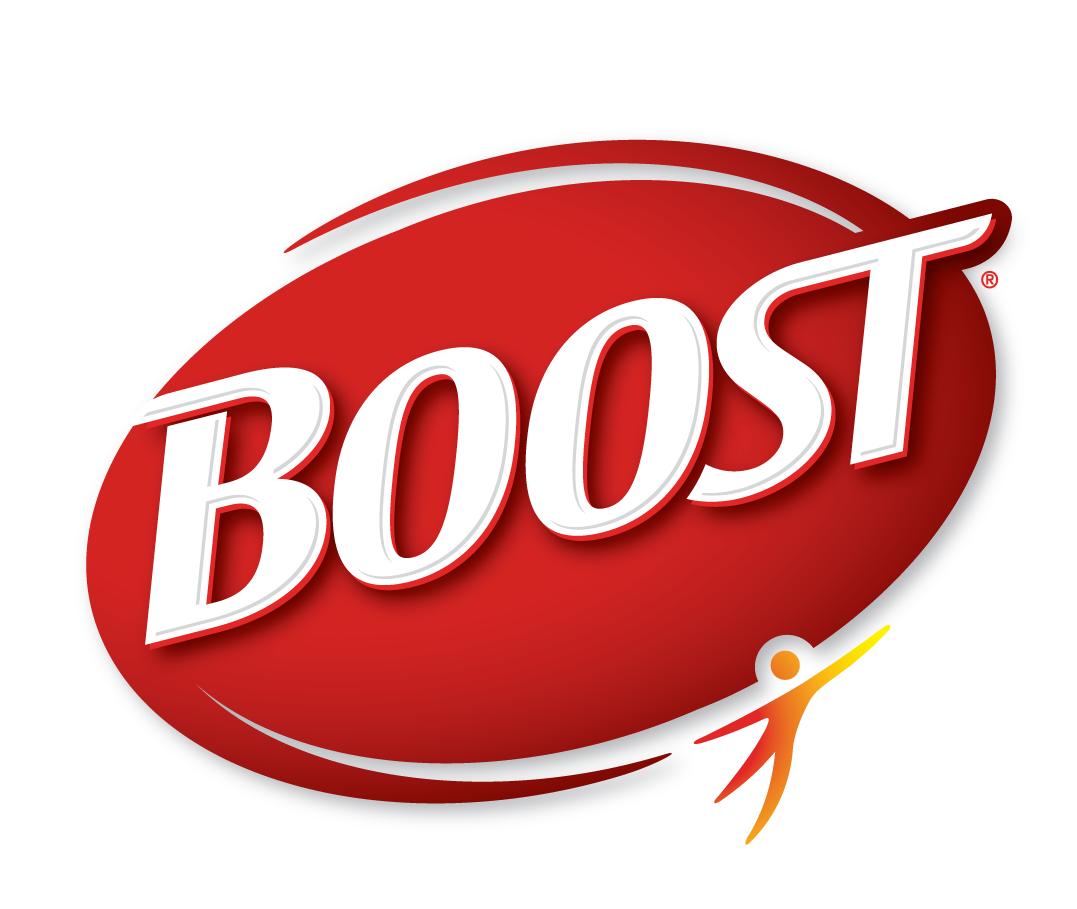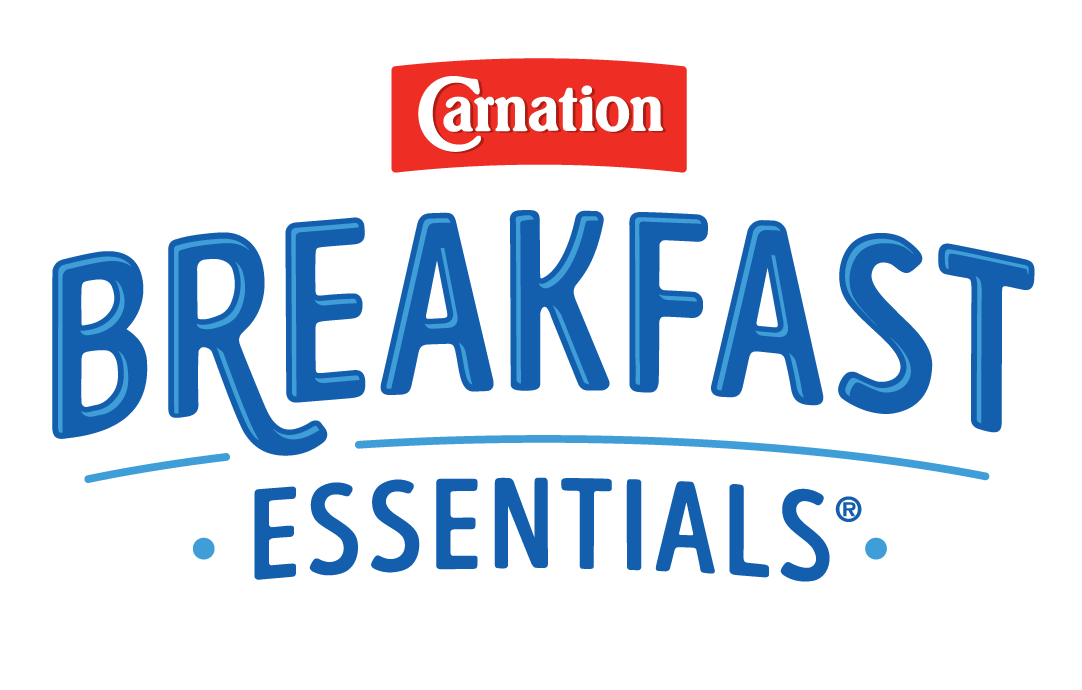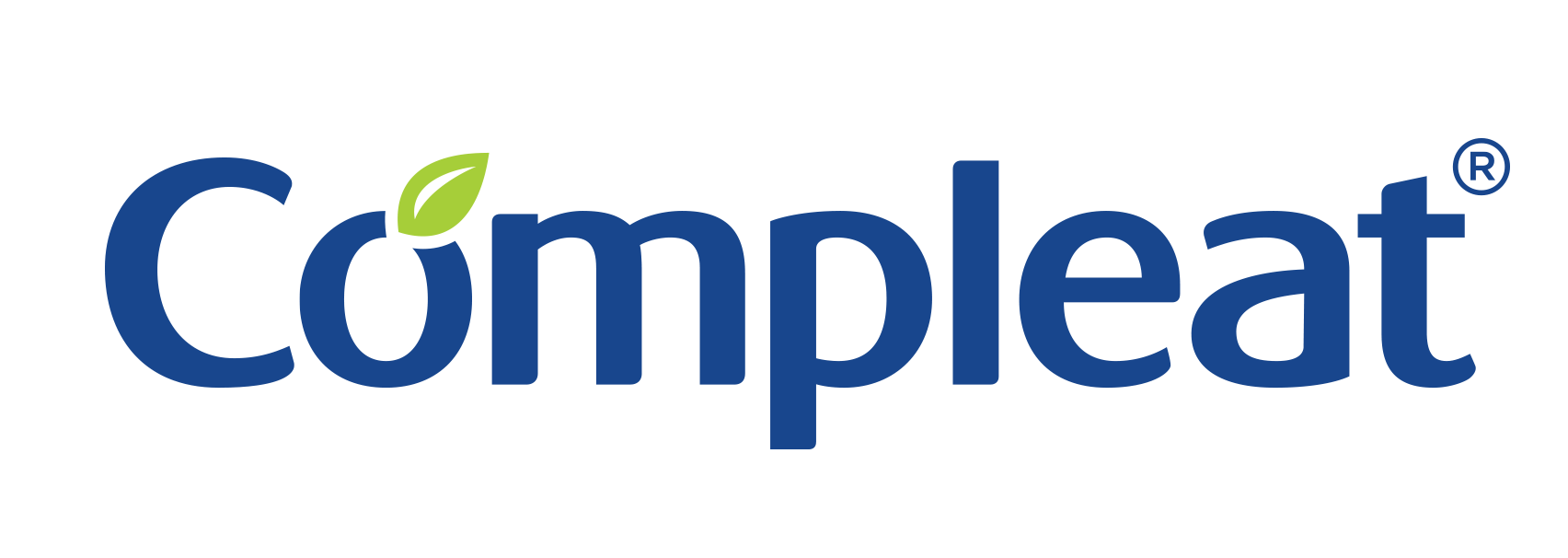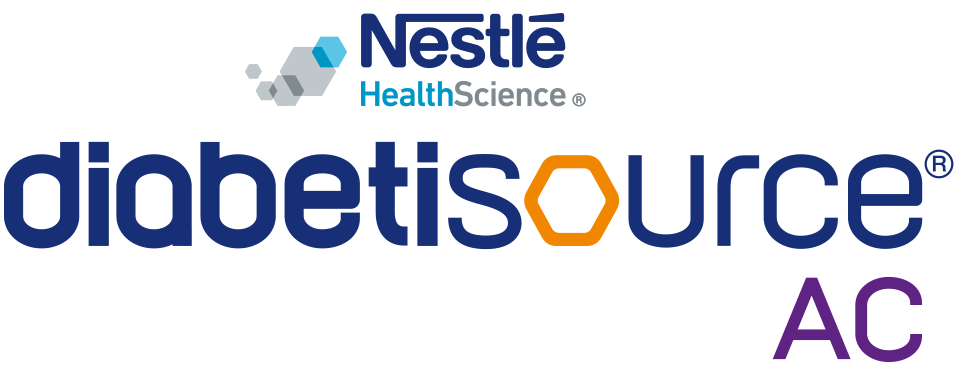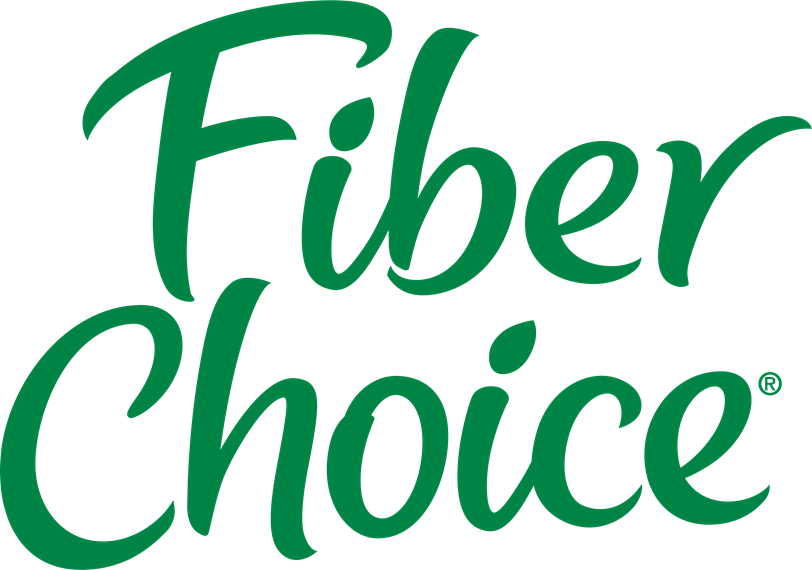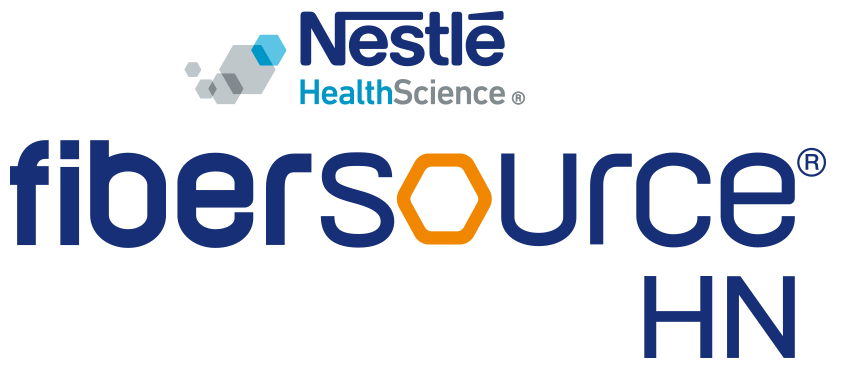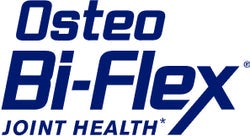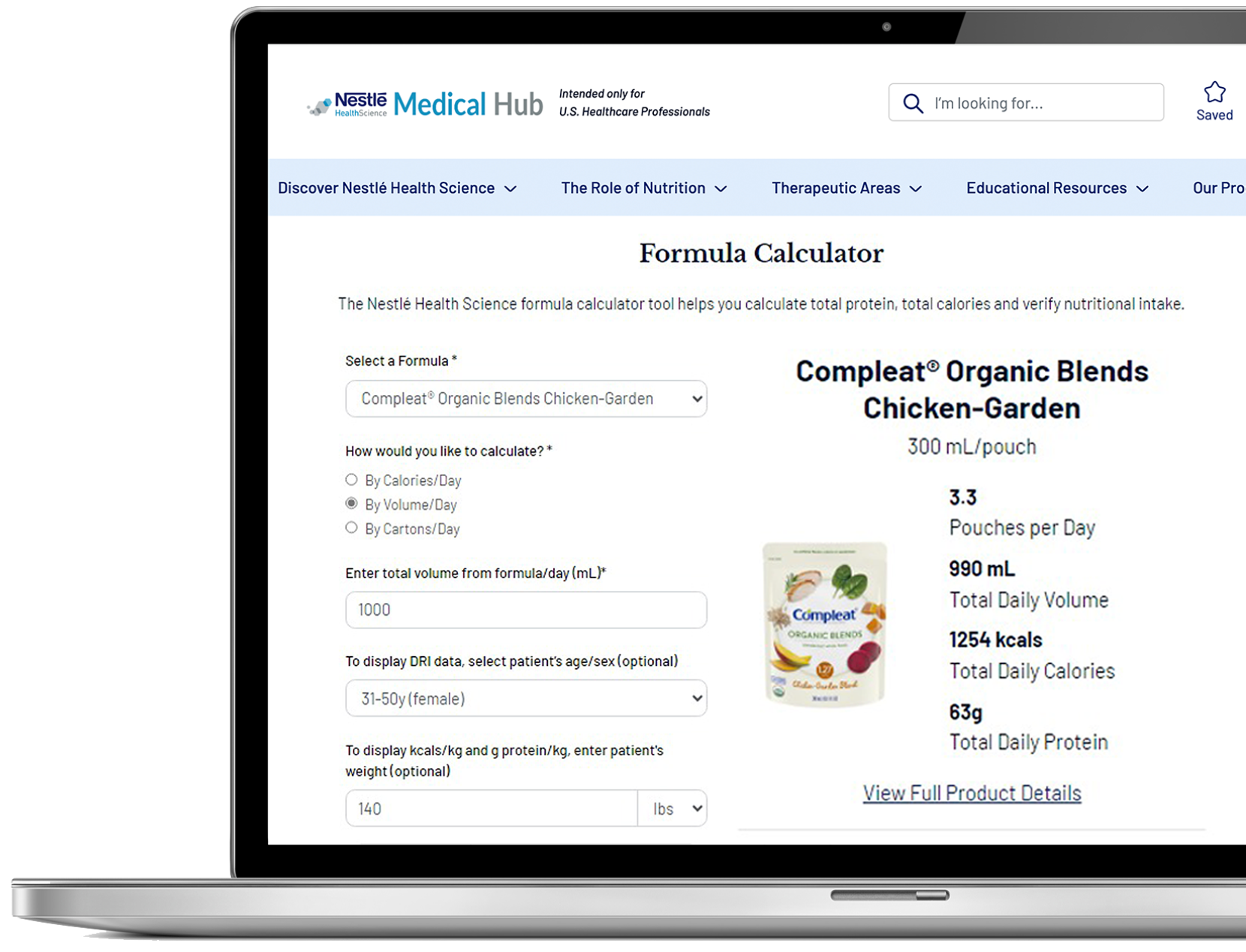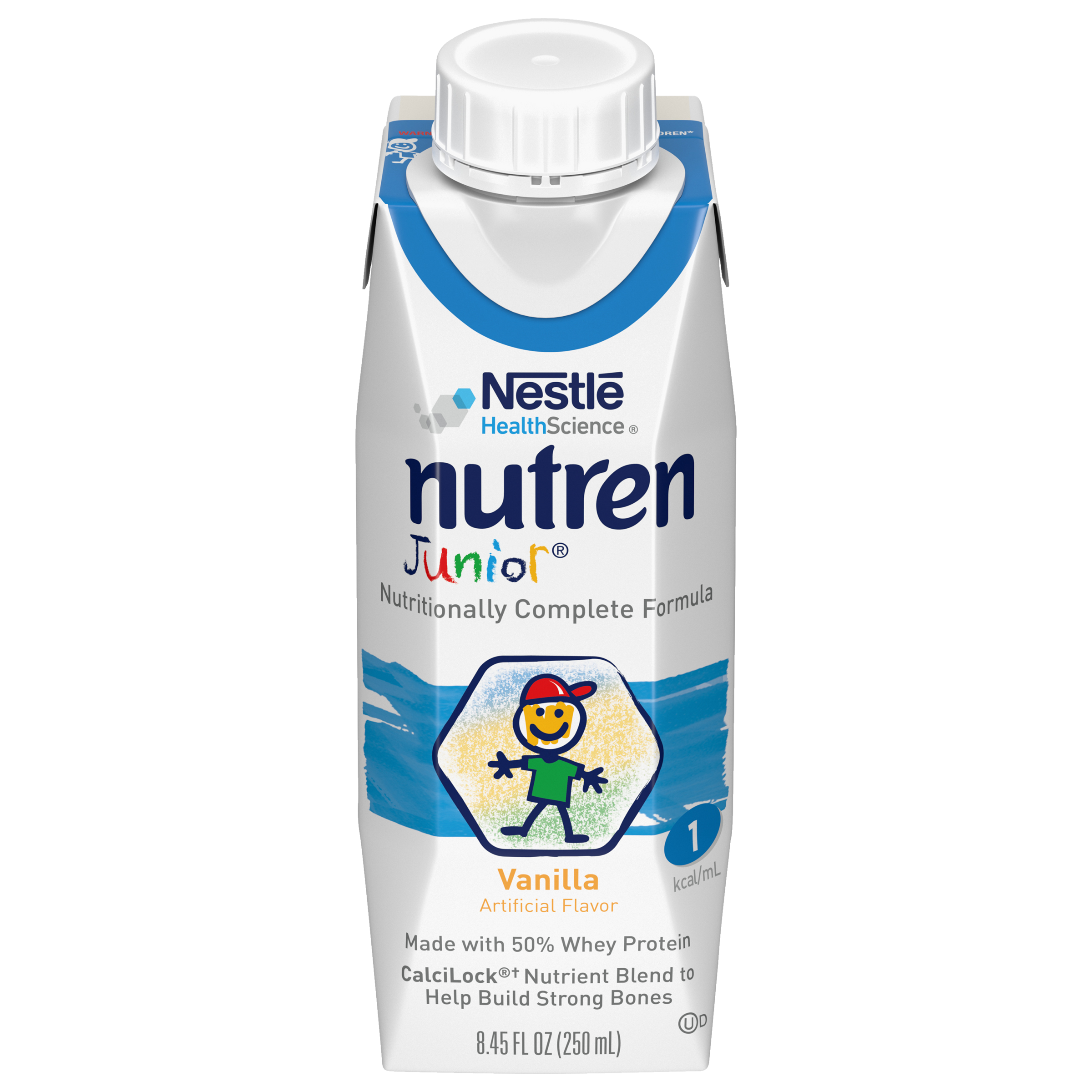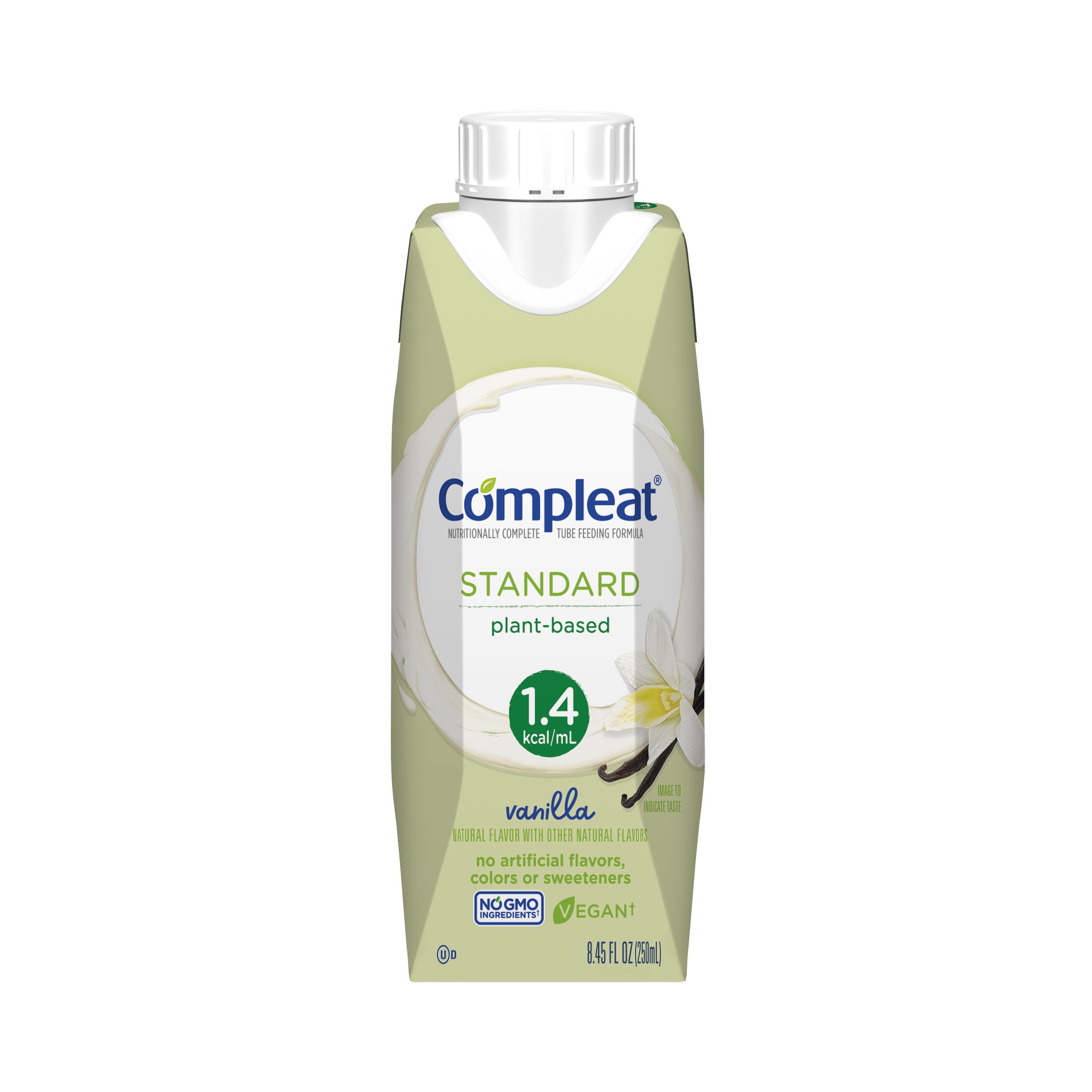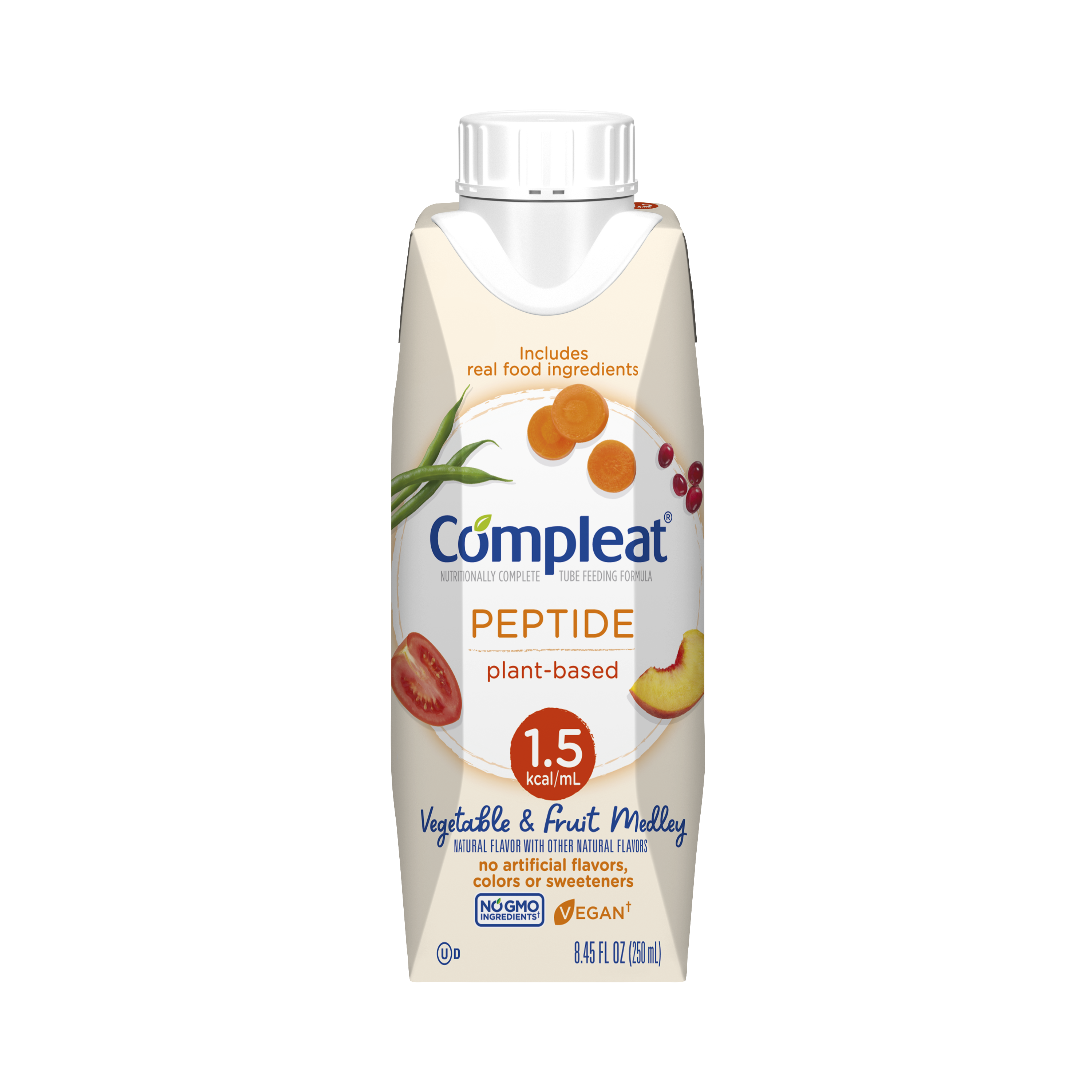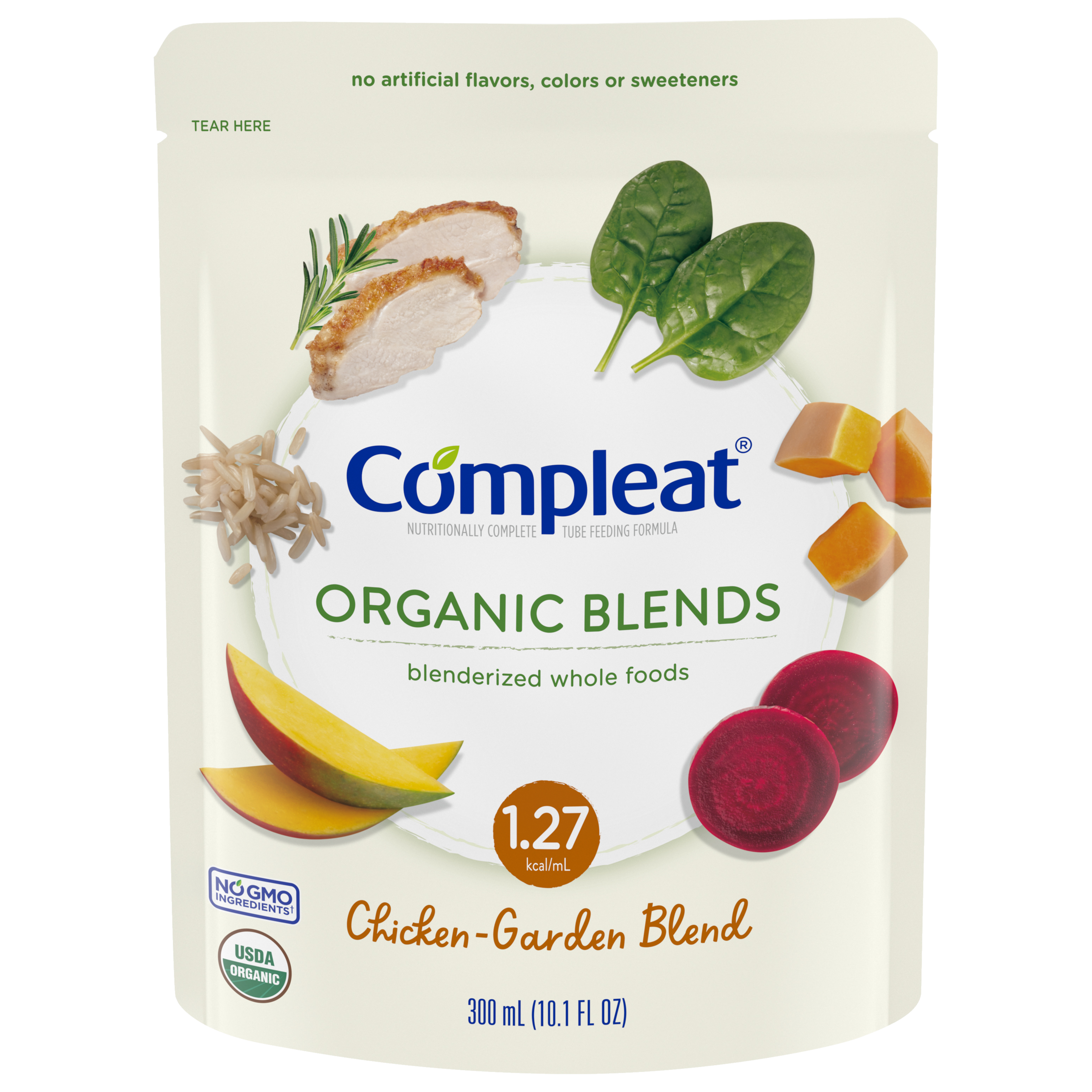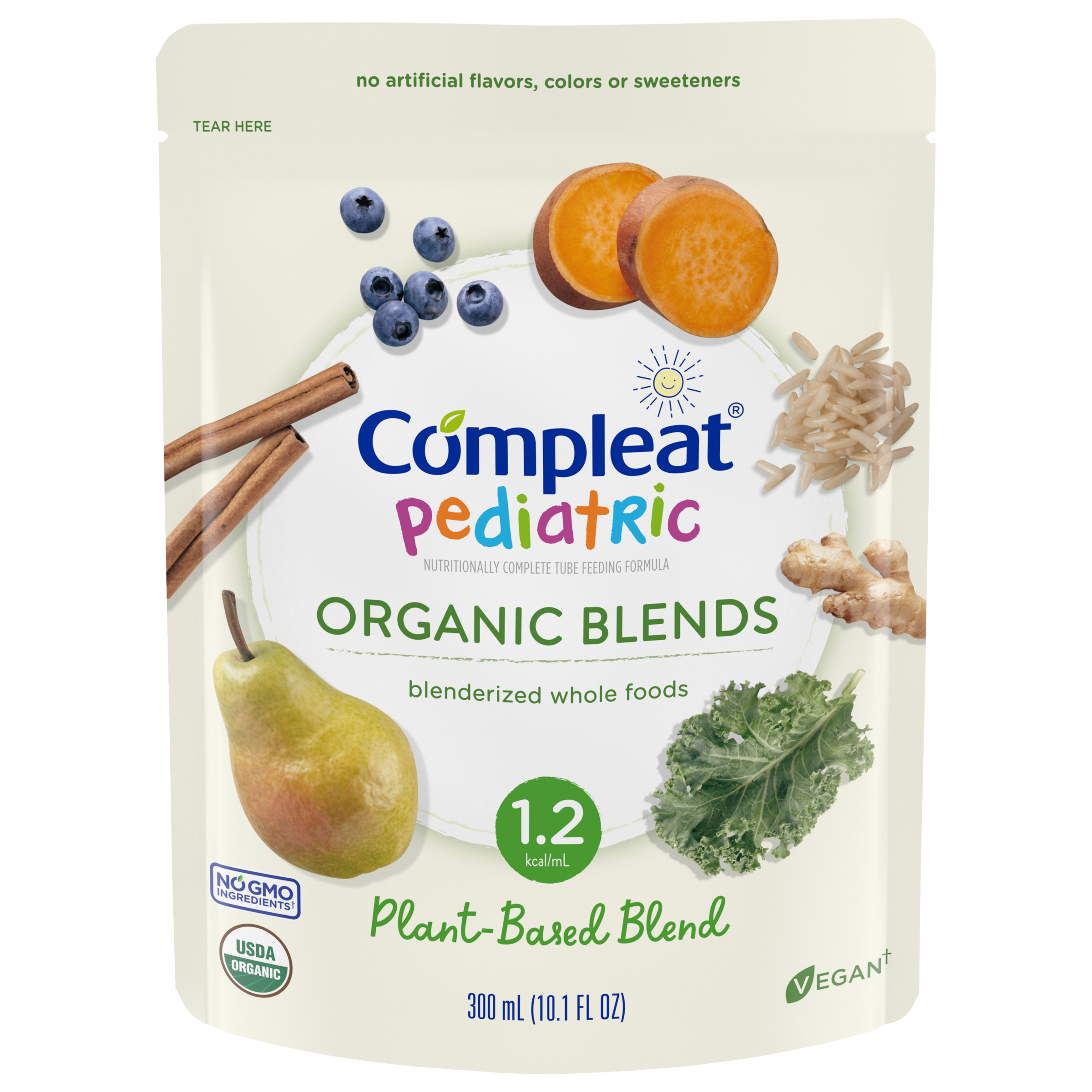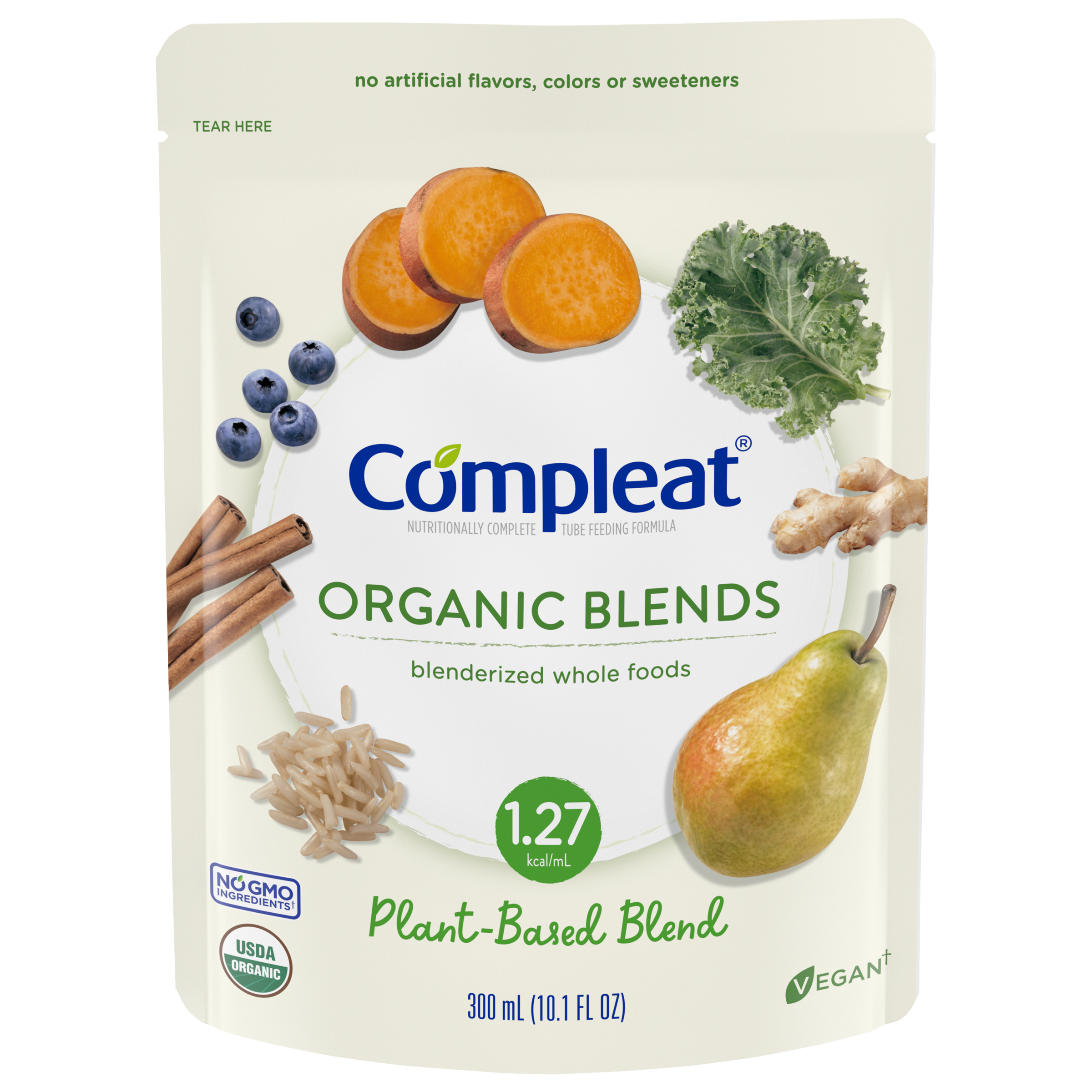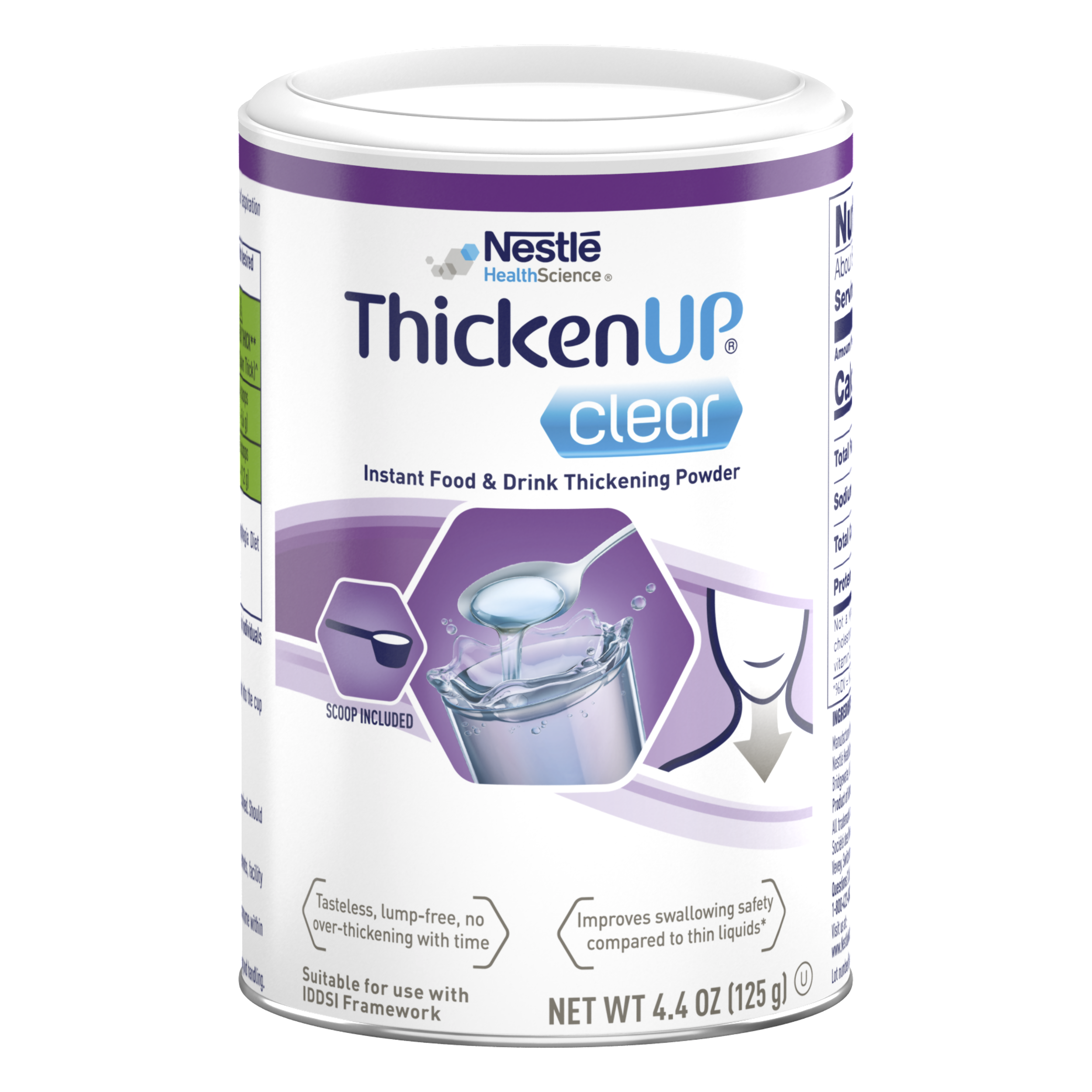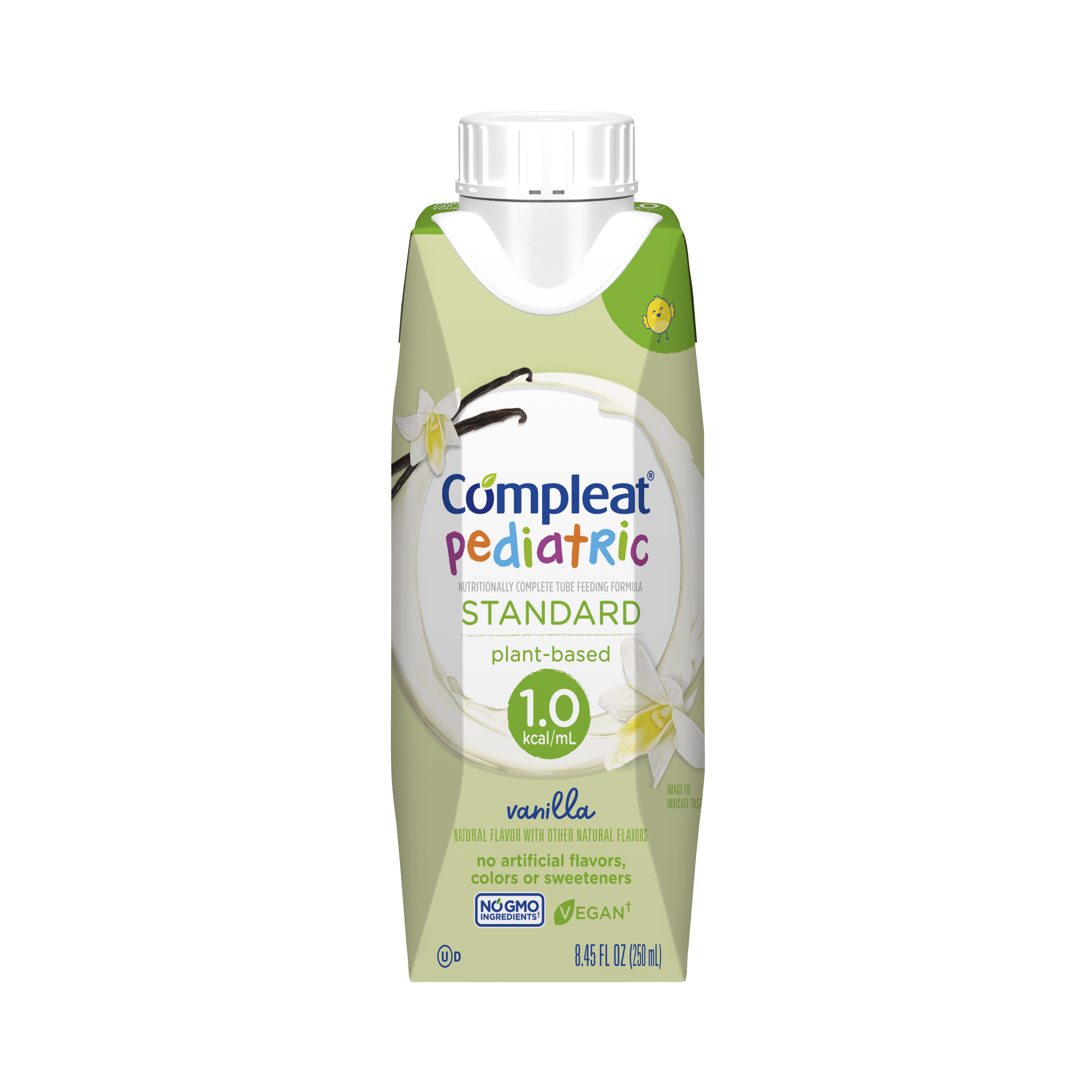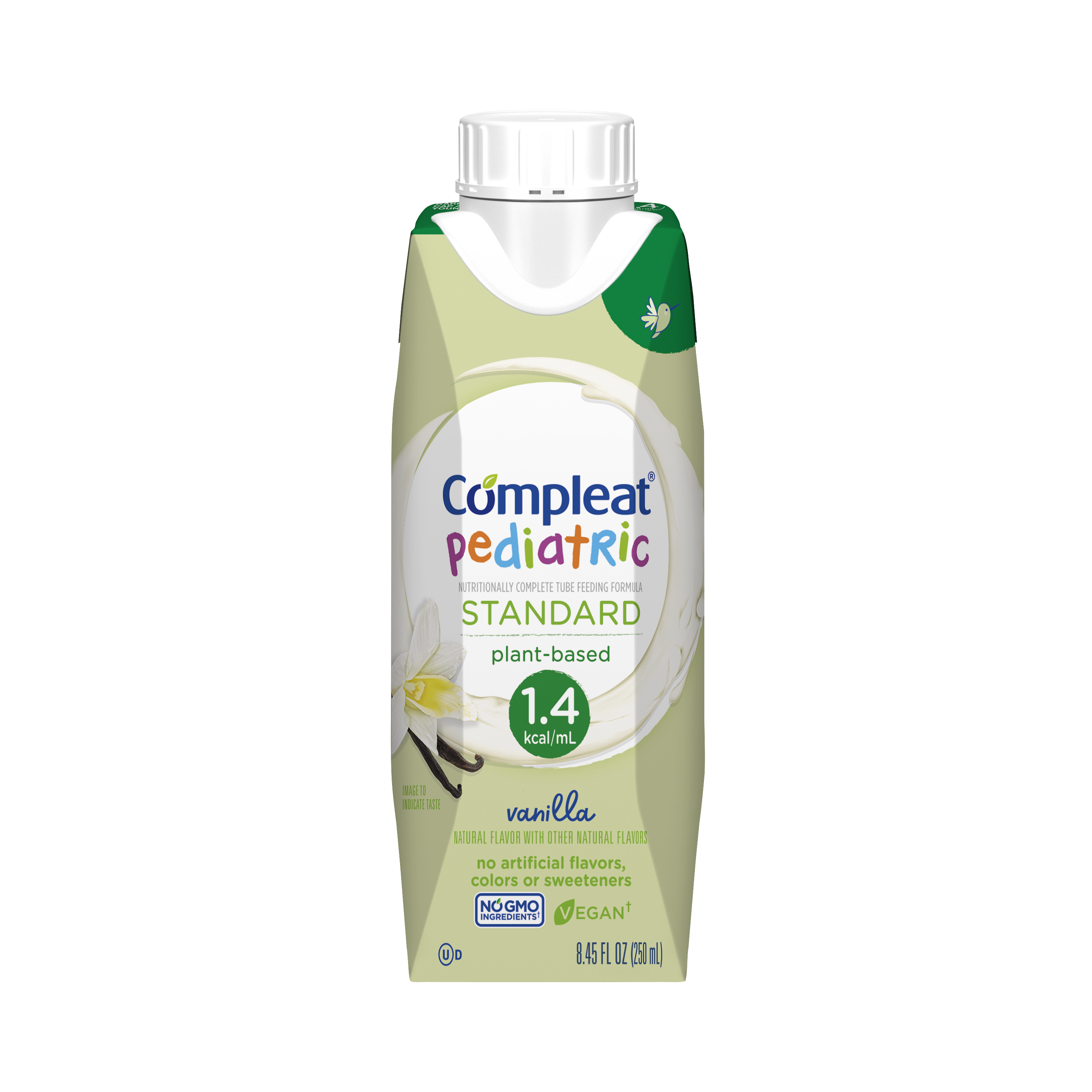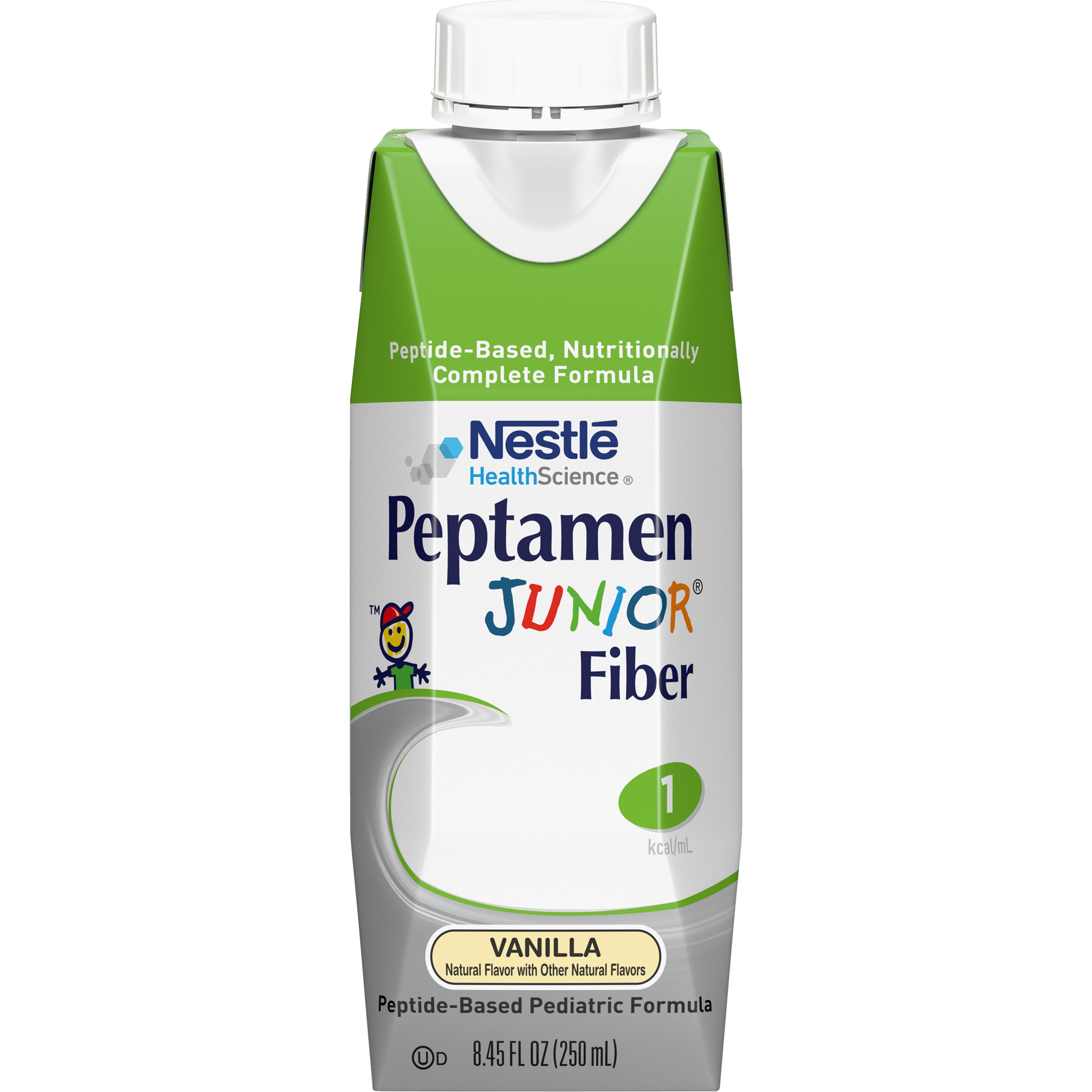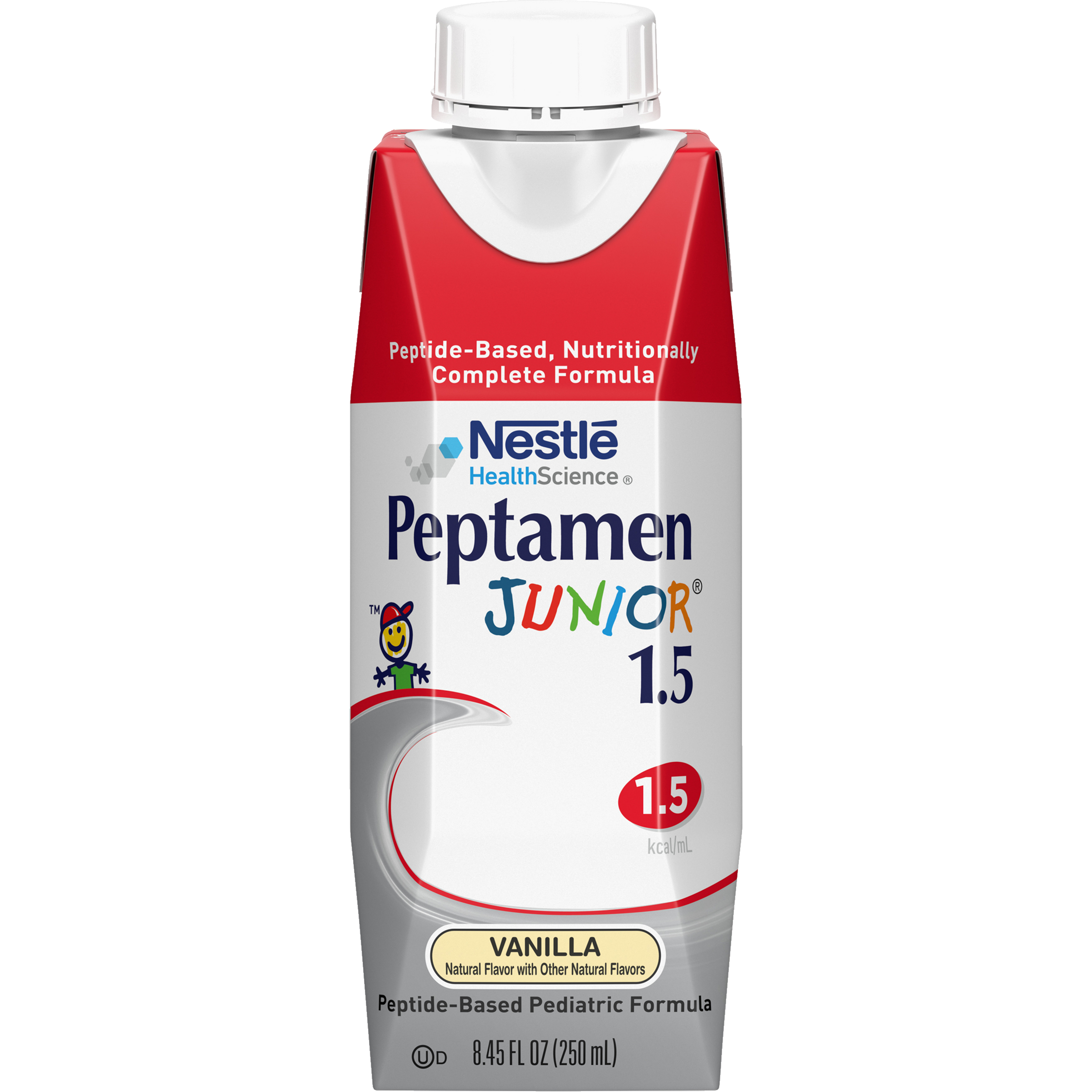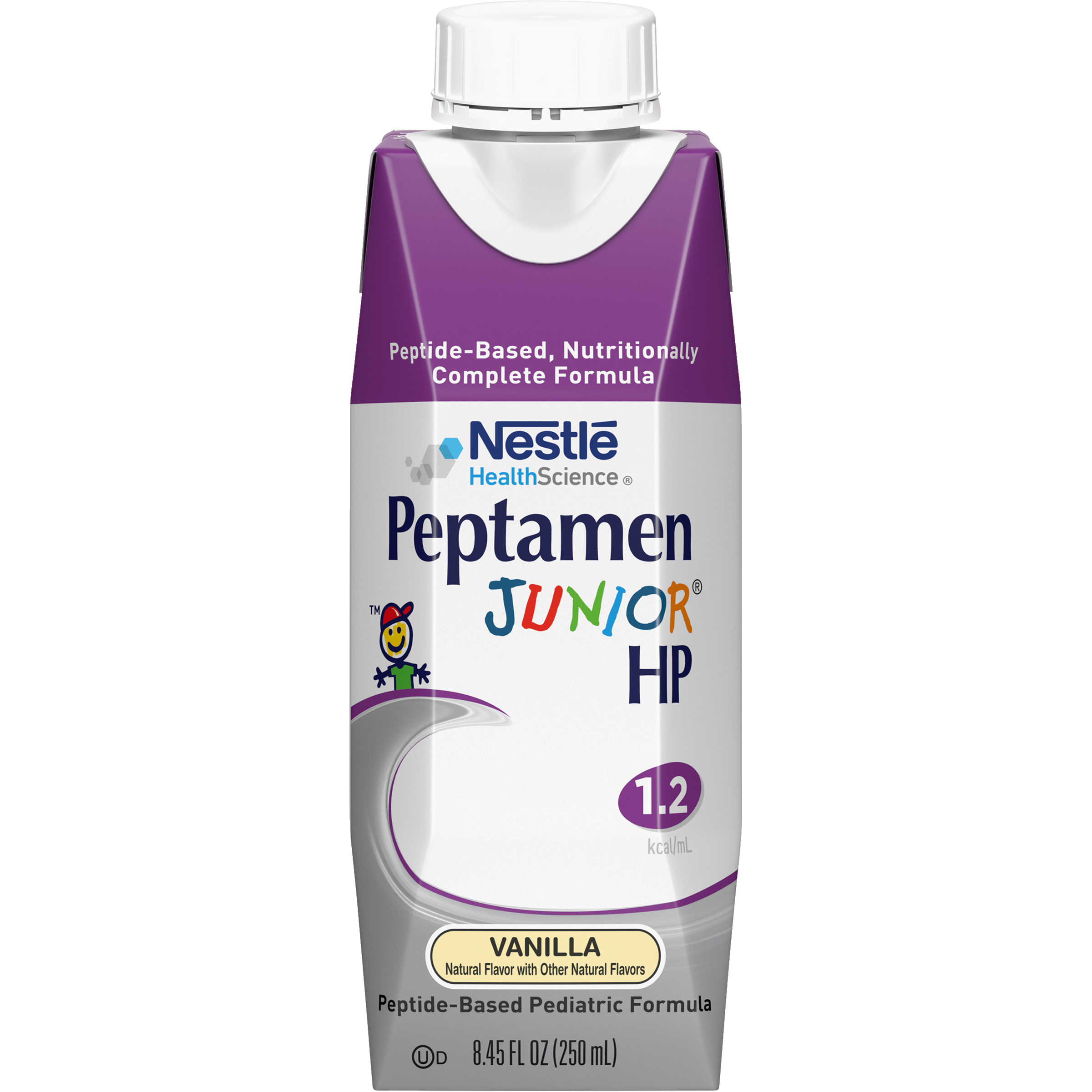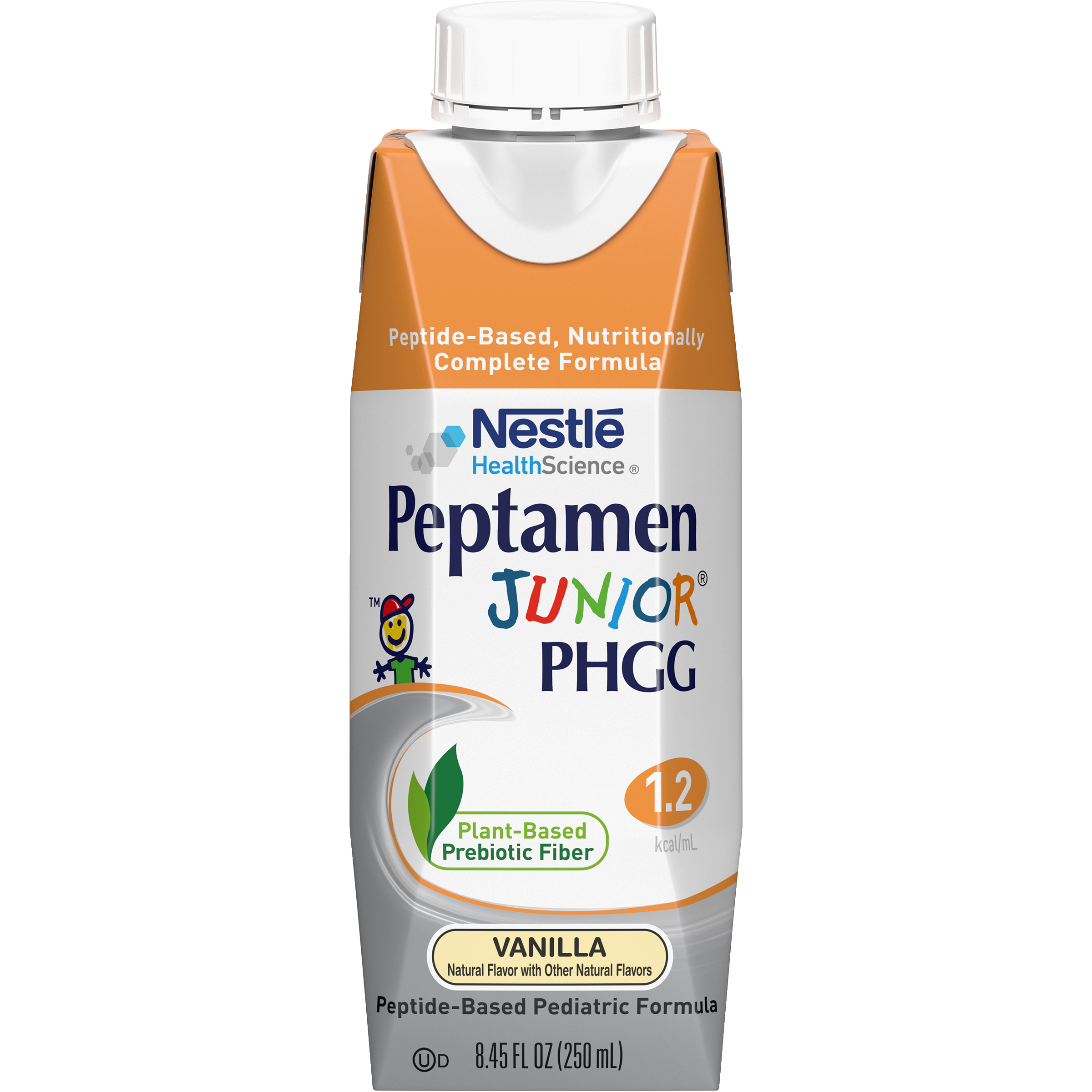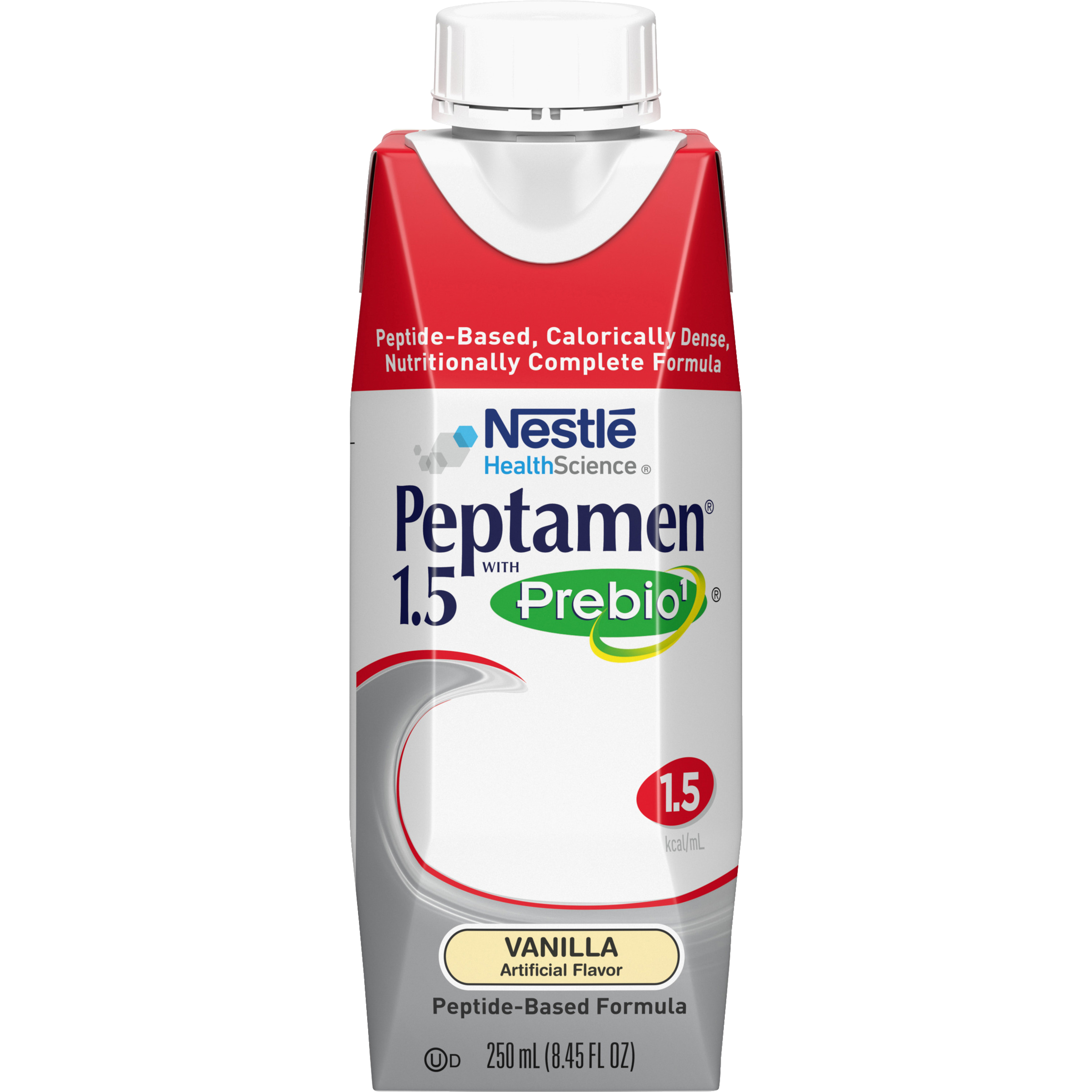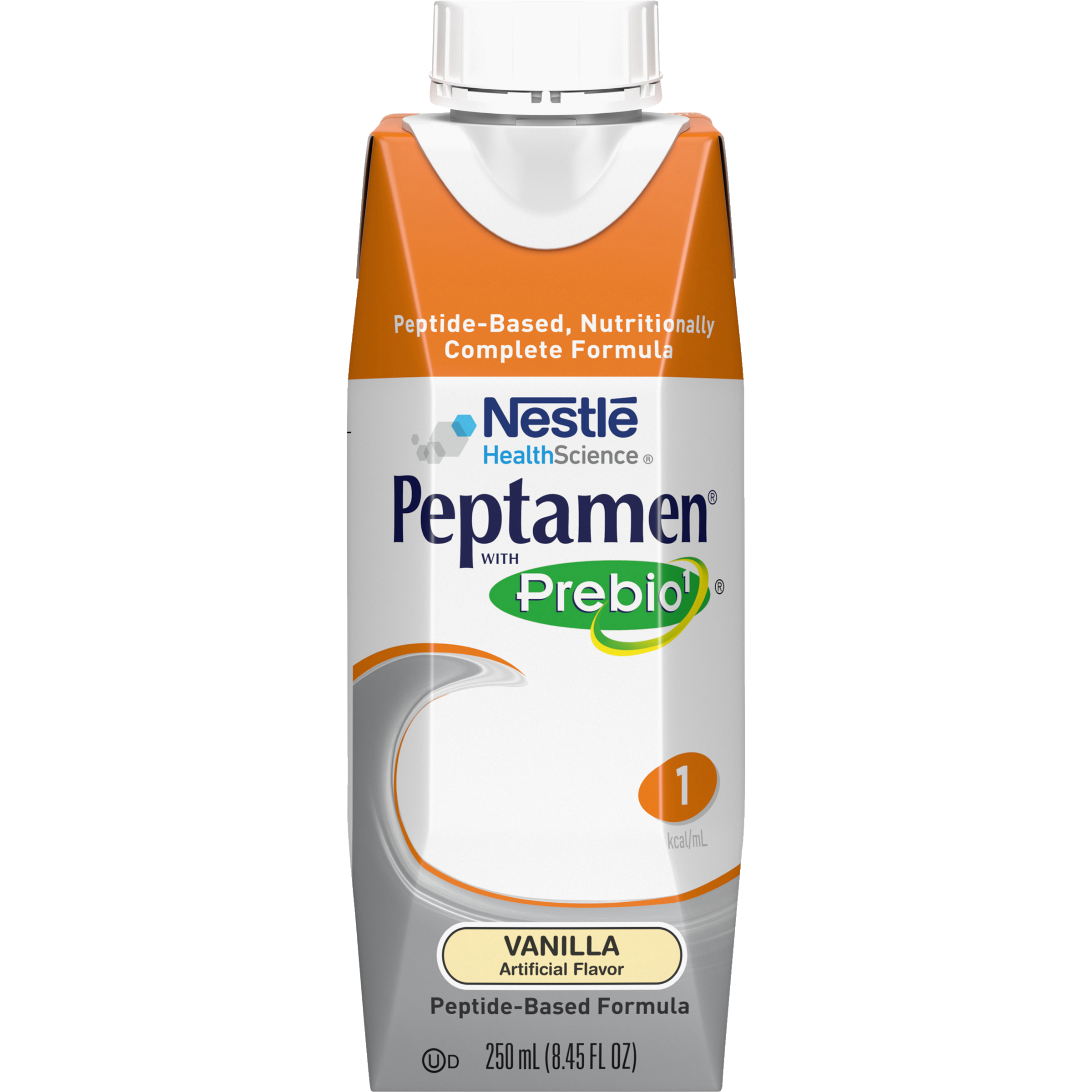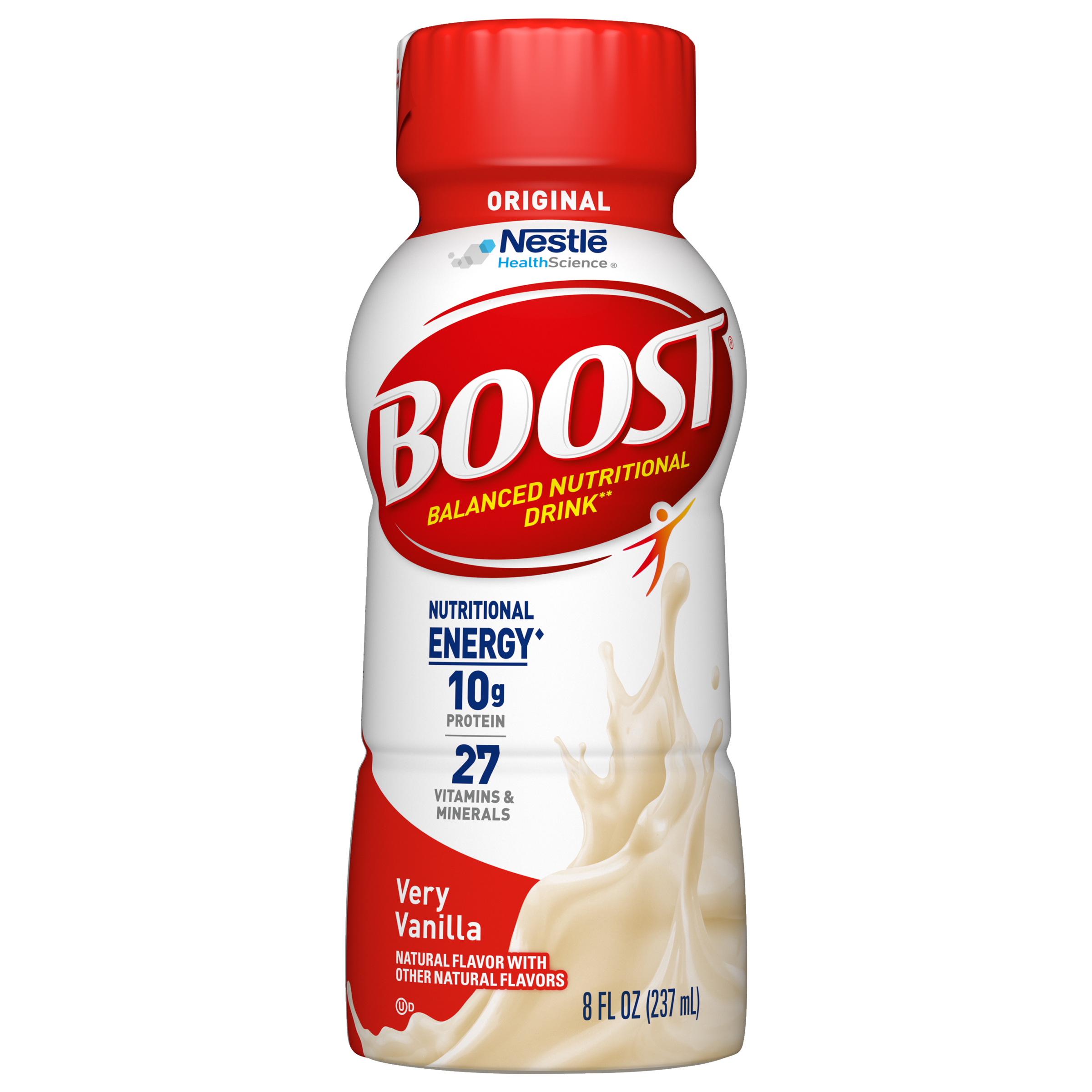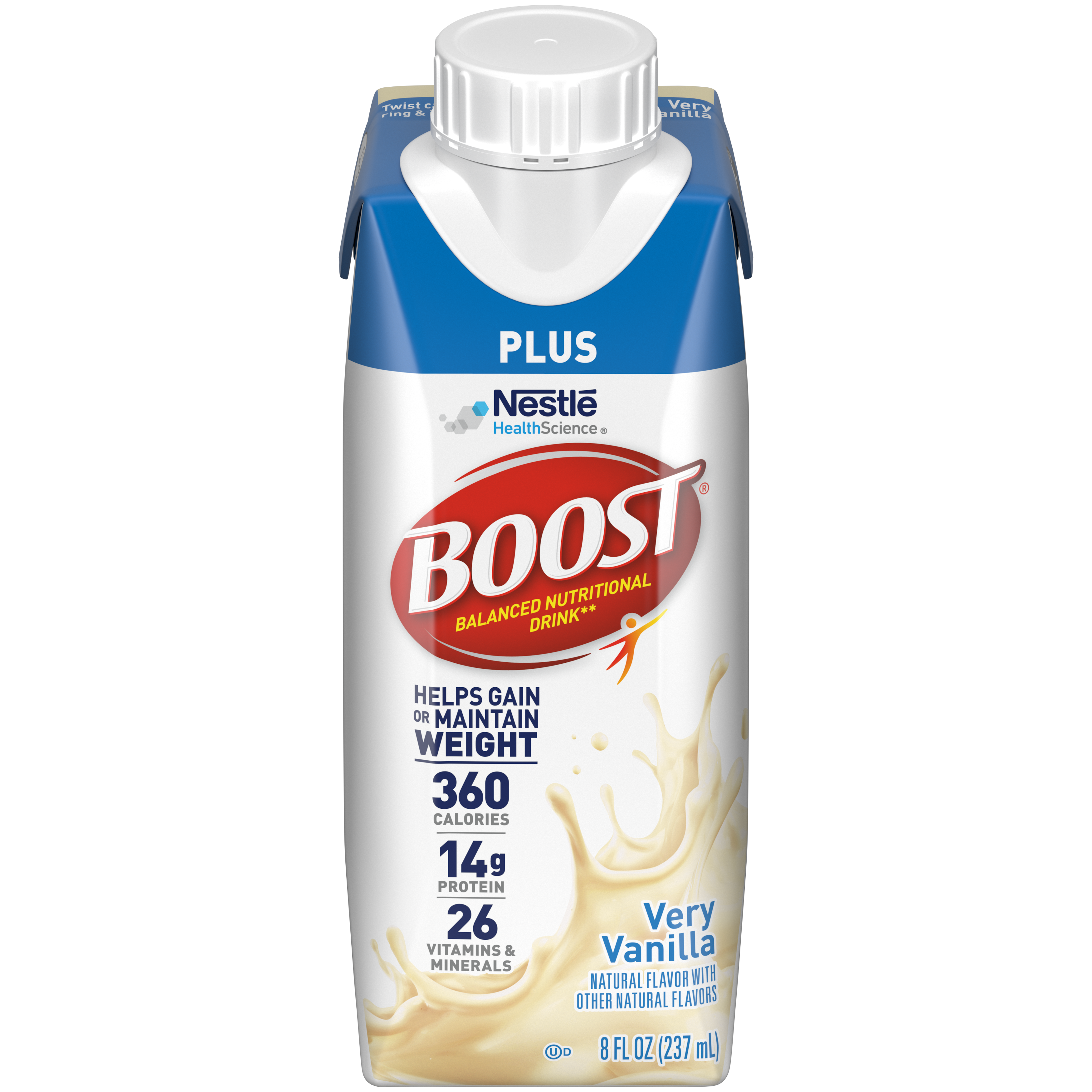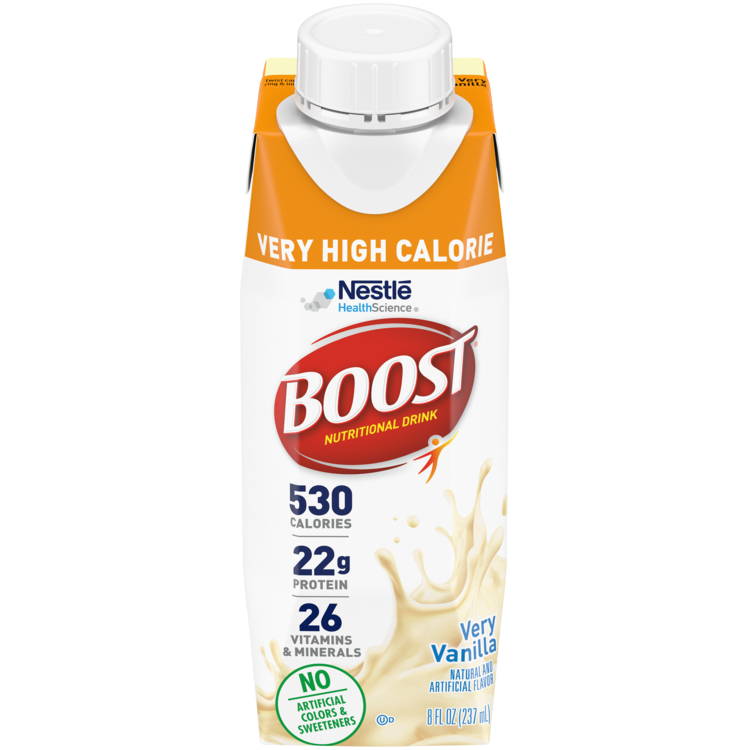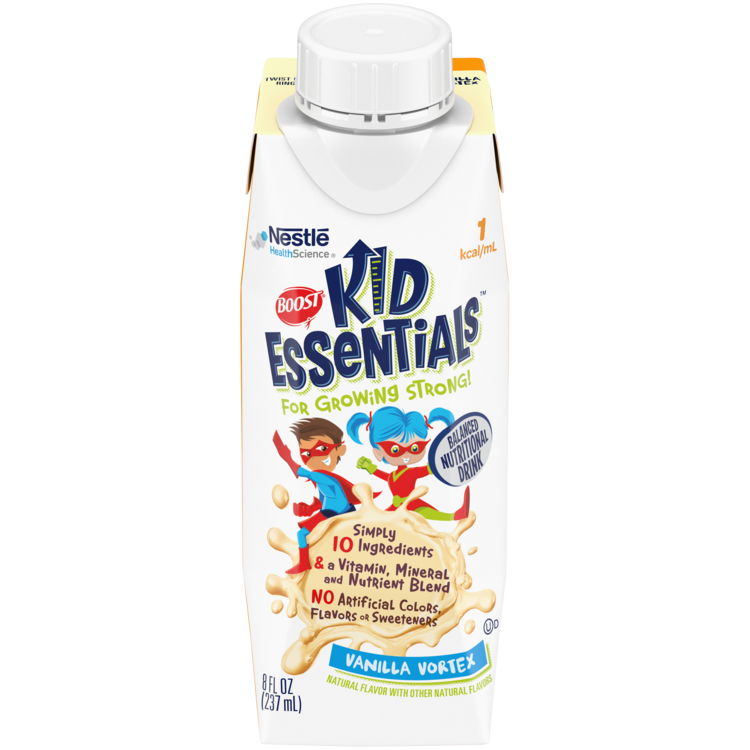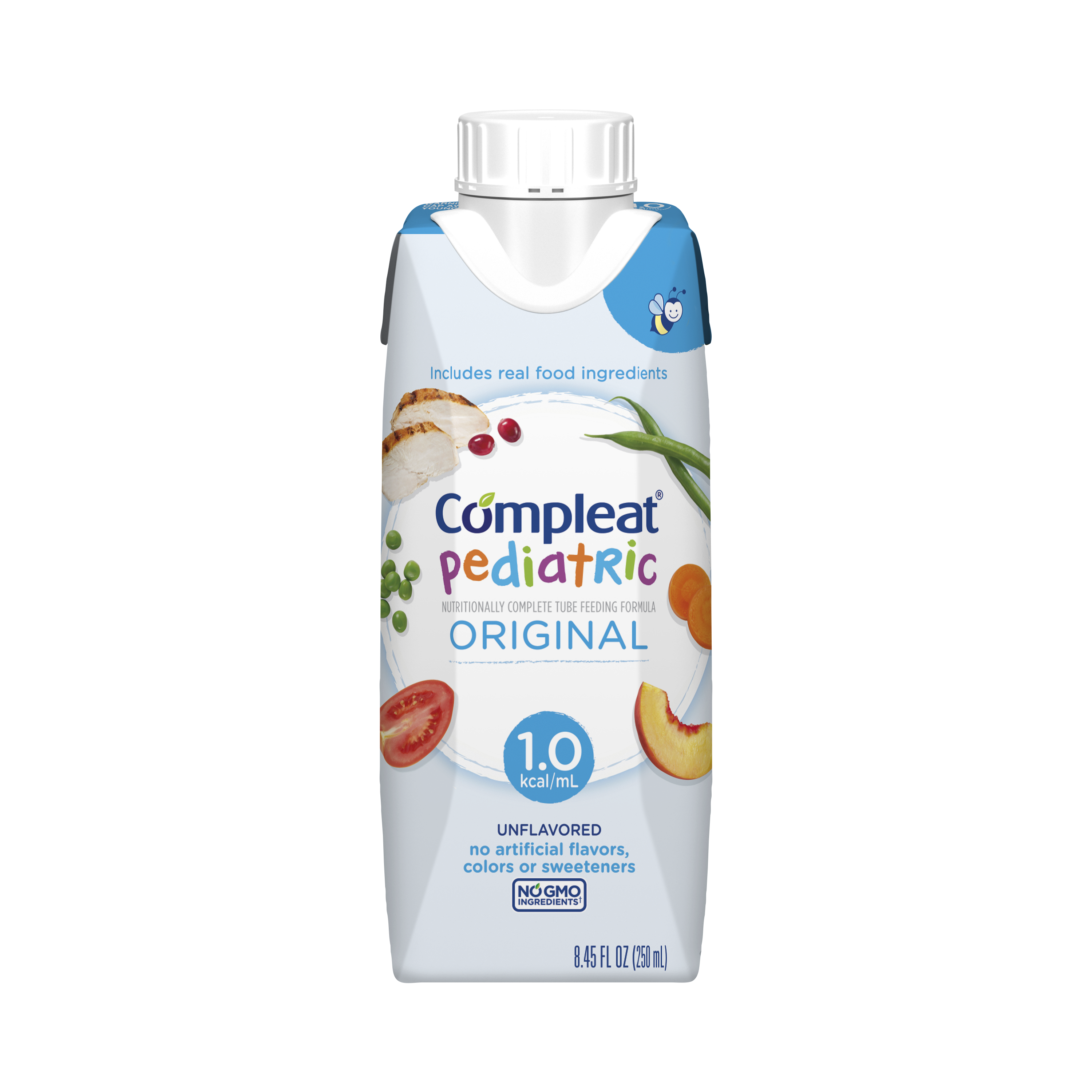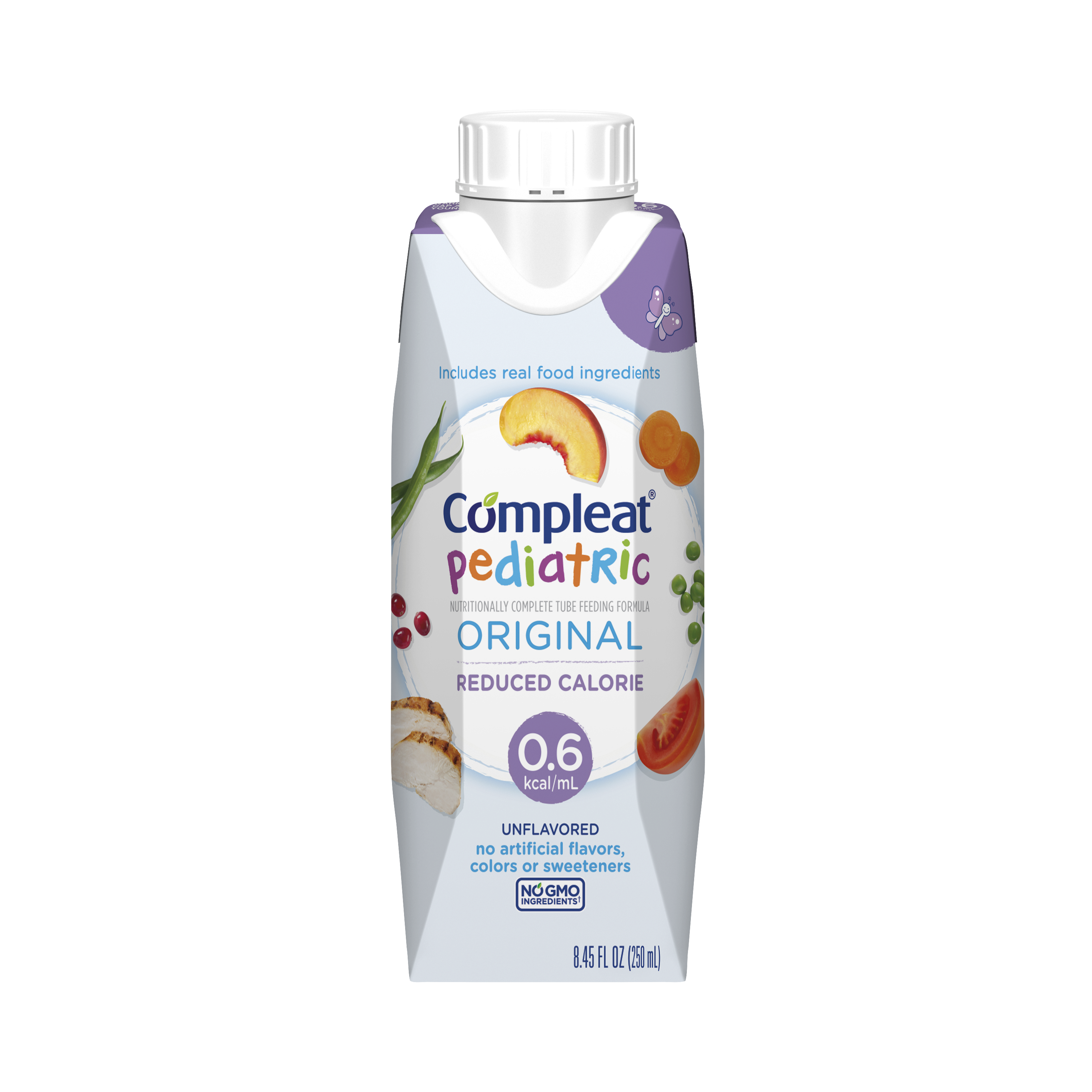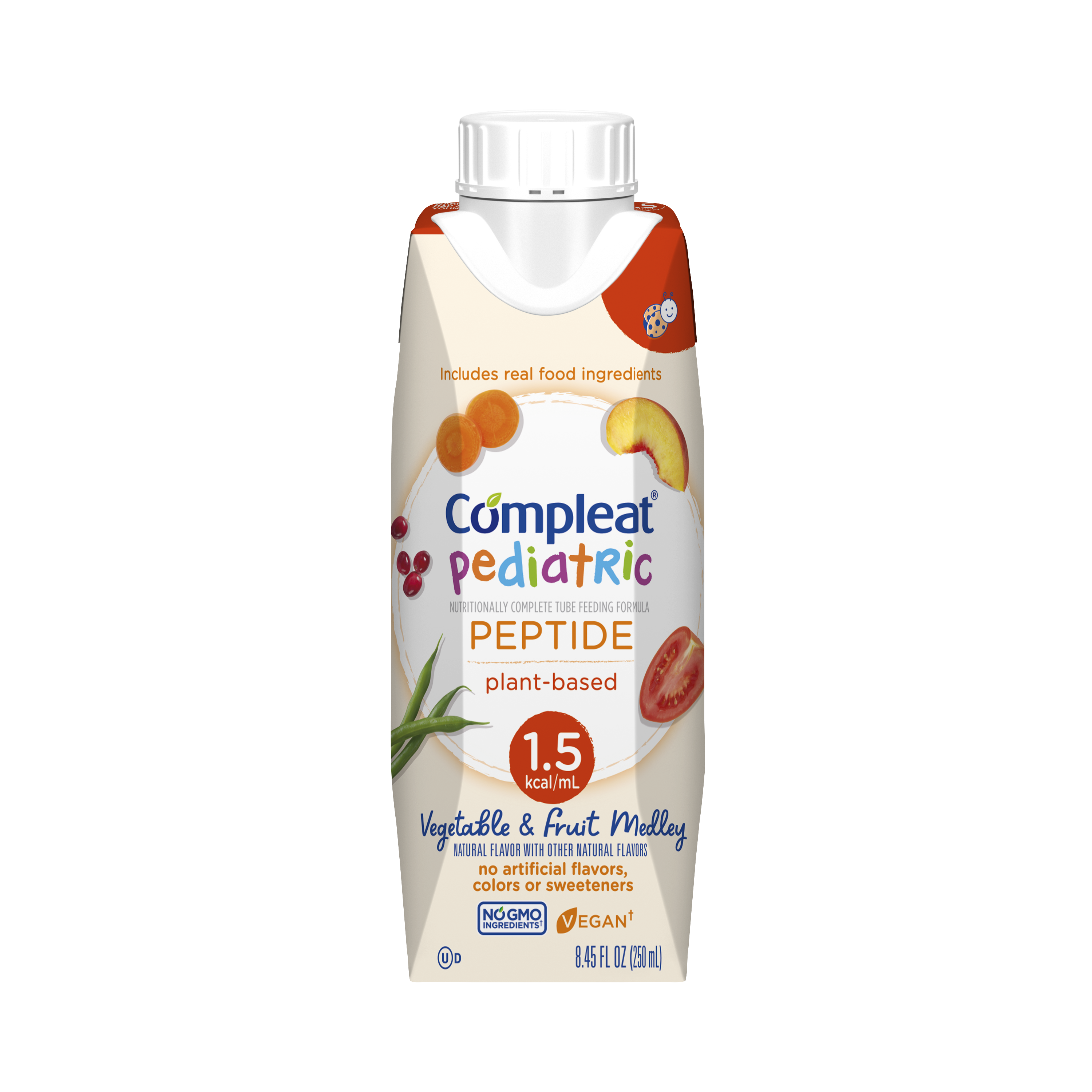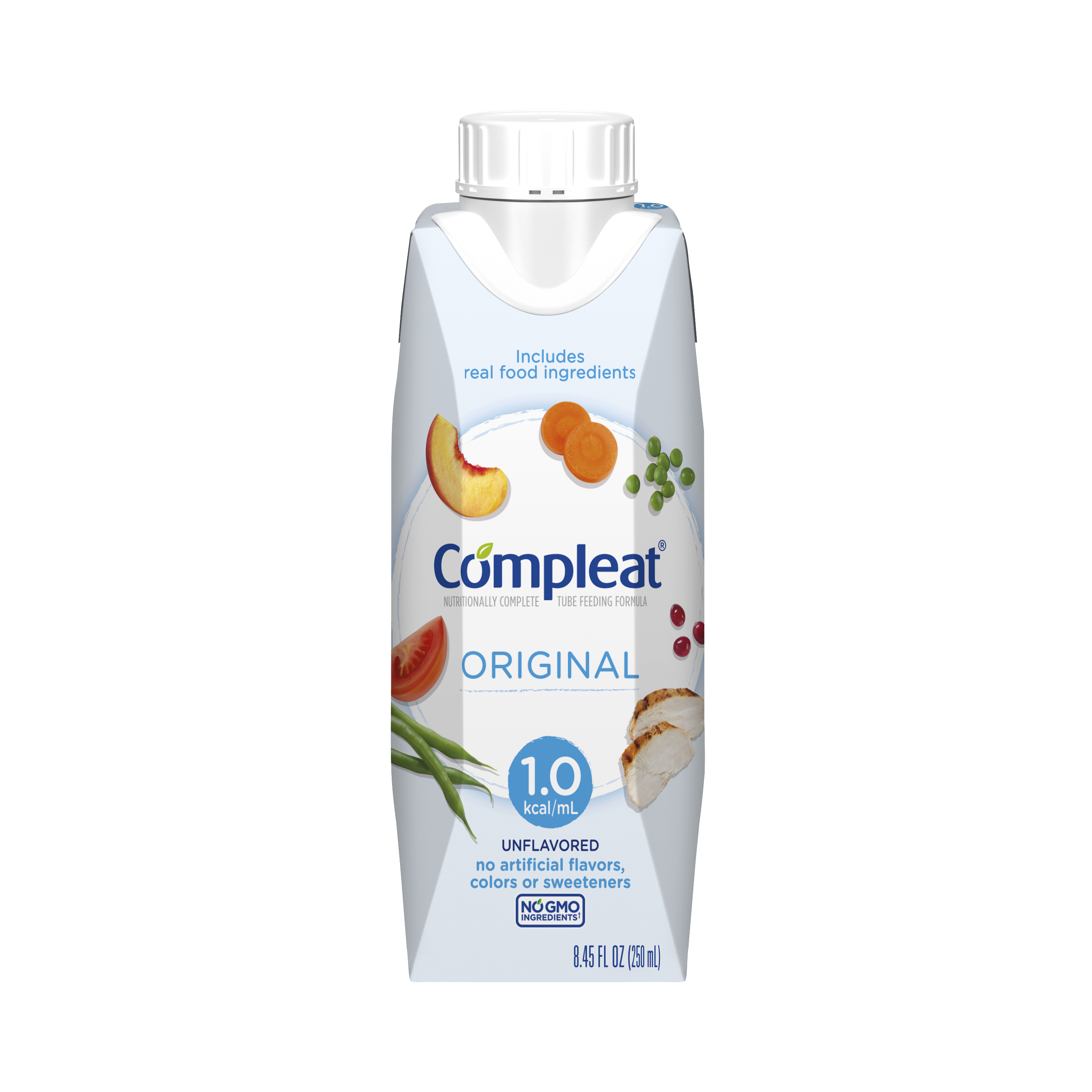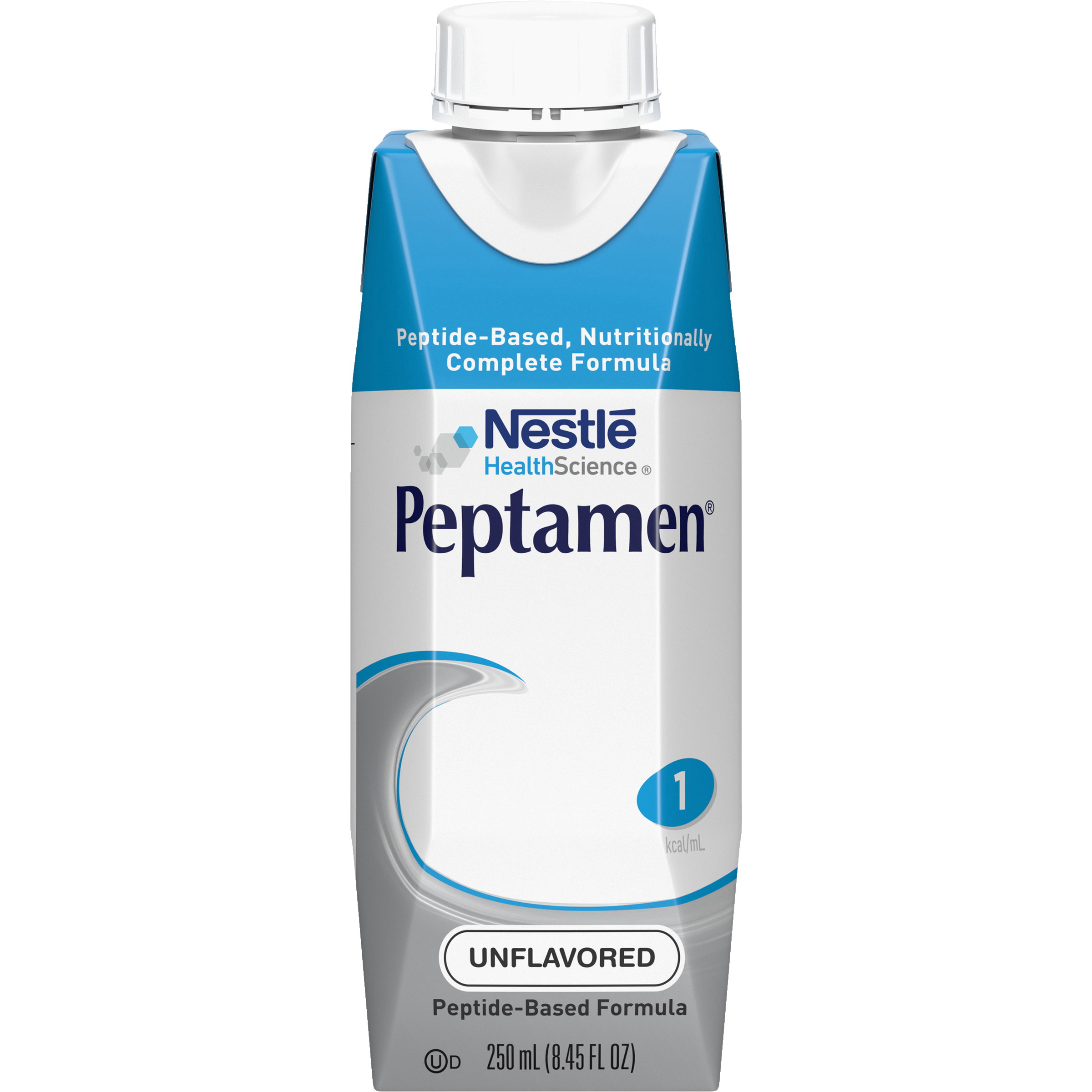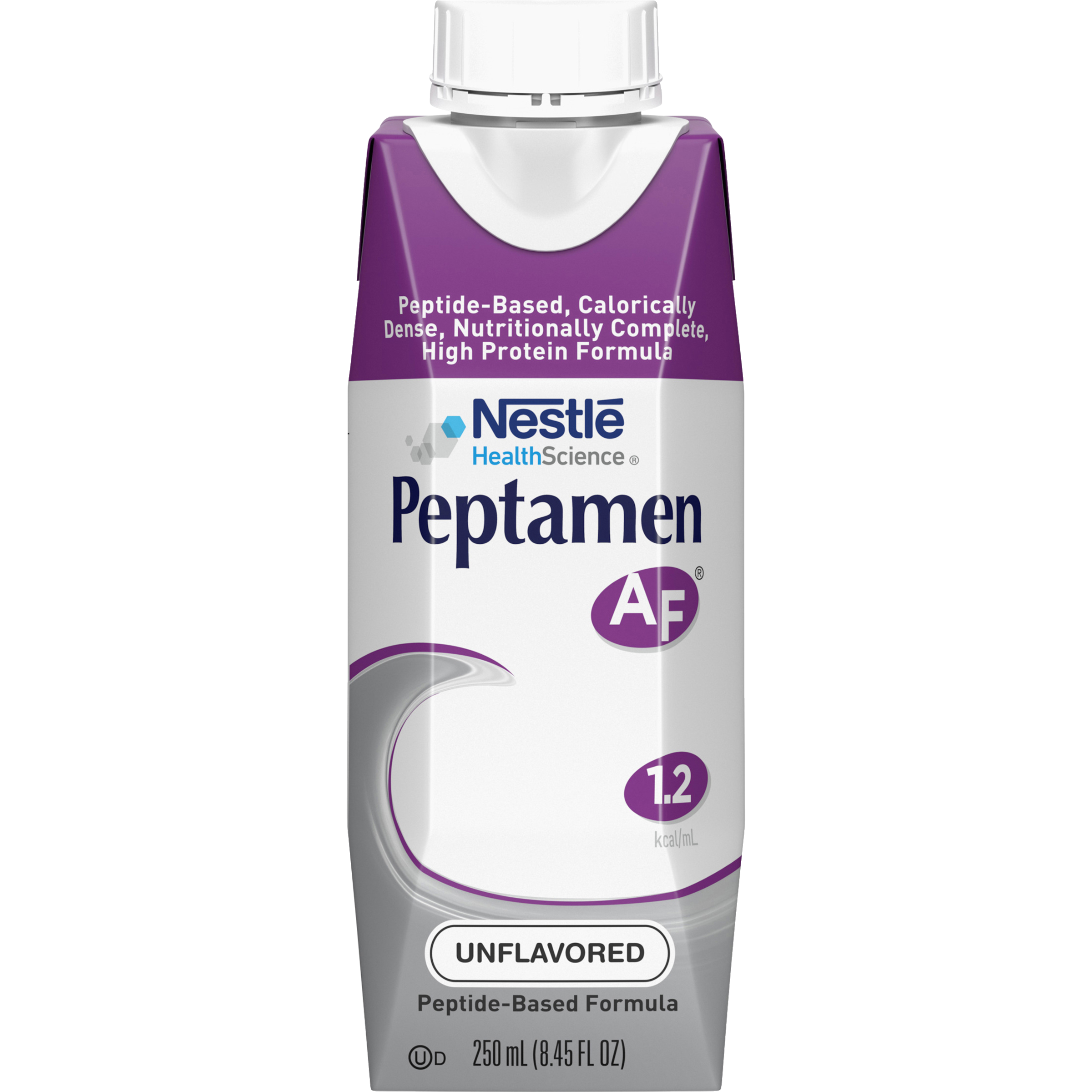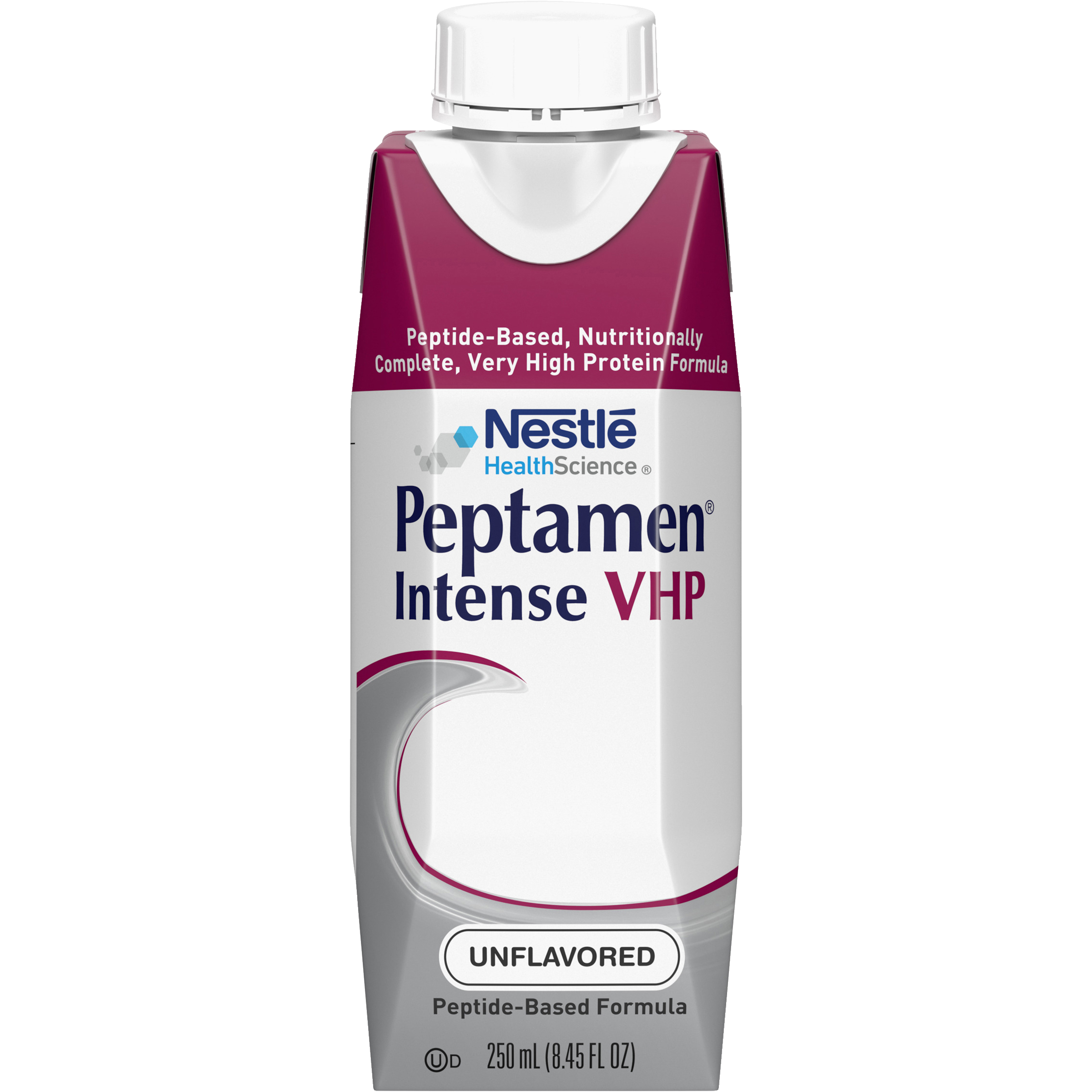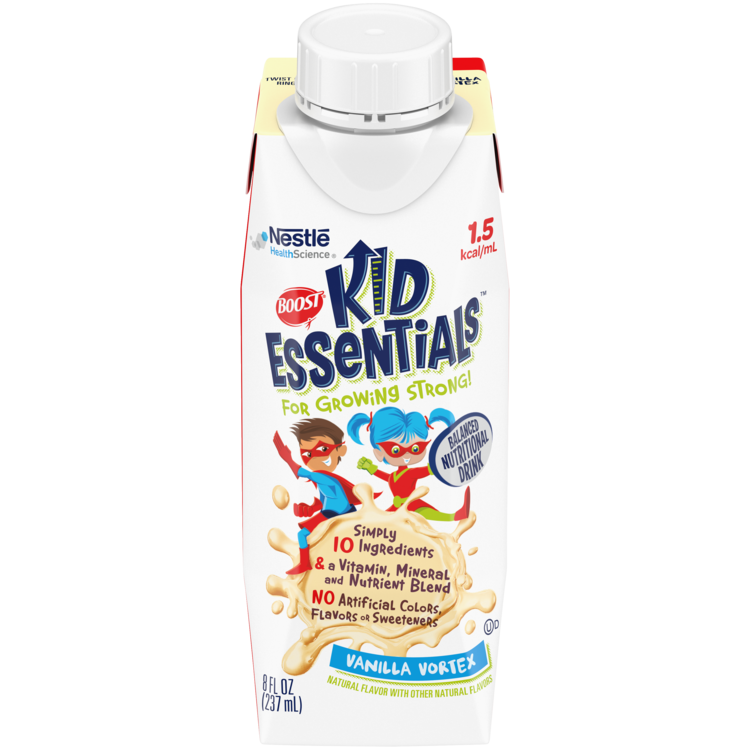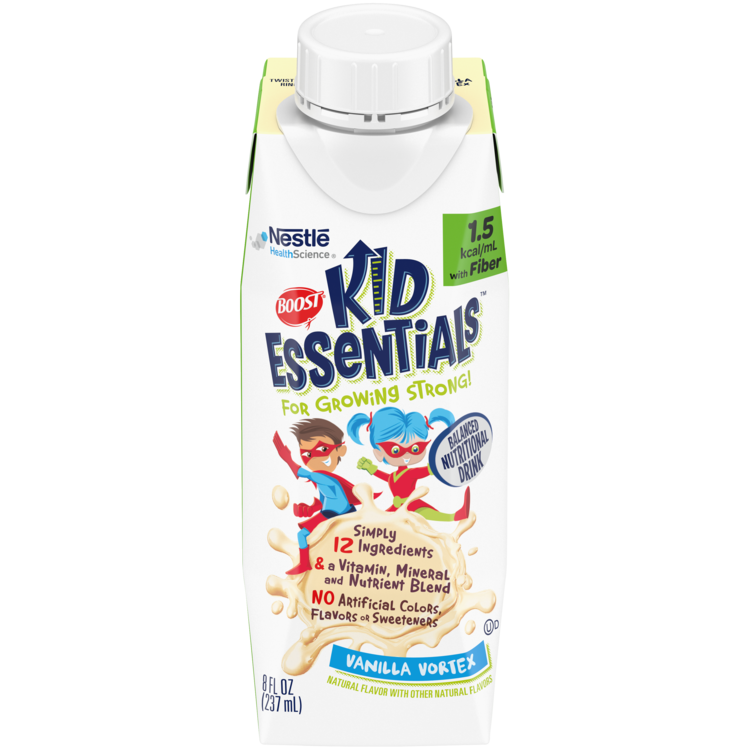
Login
Please enter your credentials to access the full website.
Don’t have an account? Register Here

Register
Register now to access exclusive
resources from Nestlé Health Science
Already have an account? Login Here
 Nestlé Health Science - Go to Homepage
Nestlé Health Science - Go to Homepage
Intended only for
U.S. Healthcare Professionals
- Discover Nestle Health Science
- The Role of Nutrition
-
Therapeutic Areas
Adult Areas
Pediatric Areas
- Learn More About Our Therapeutic Areas
- Educational Resources
For Patients
- Patient Resources
- Reimbursement Support
- Blenderized Tube Feeding Recipe Builder
For HCP’s
- Product Support
- Clinician Tools
- Videos & Webinars
- Evidence
- NEW! Formula Calculator Tool
- Conversion Hub
- For Payers
- Upcoming Events
- MyCE eLearning Center
- Fellowship Application
- Enact Program Application
- Discover All Resources
- Our Products
- Request Samples
-
Discover Nestlé Health Science
Discover Nestlé Health Science
See how Nestlé Health Science is advancing nutrition innovation and empowering healthcare professionals as a global leader in nutritional science.
-
The Role of Nutrition
The Role of Nutrition
Learn how we’re improving patient care through nutrition.
Discover the Role Nutrition Plays in
the Lives of Your Patients -
Therapeutic Areas
Therapeutic
AreasWe see opportunities to improve health through nutrition everywhere.
Learn More About Our Therapeutic Areas -
Educational Resources
Educational Resources
Enhance your expertise and help support your patients with our comprehensive educational resources.
For HCP’s
-
Our Products
Our Products
Explore Nestlé Health Science’s diverse range of nutritional products.
Discover All Products -
Request Samples
Request Samples
Samples for trial can be sent directly to your patient or practice
Please click on the button below to login again

Cerebral Palsy
Cerebral palsy (CP) is a common physical disability that is diagnosed during childhood. It is a group of neurological disorders that are non-progressive.
Individuals with CP have problems with muscle tone, movement, and/or motor skills. They can have growth deficits because of swallowing, feeding, and digestive problems. That’s why they need a balanced and nutritious diet for overall health and growth.1
Nestlé Health Science offers a variety of nutritional options that may be appropriate for supporting an individual with CP. Learn more below.
About Cerebral Palsy (CP)
The International Executive Committee for the Definition of Cerebral Palsy defines cerebral palsy as: “a group of permanent disorders of the development of movement and posture, causing activity limitation, that are attributed to non-progressive disturbances that occurred in the developing fetal or infant brain. The motor disorders of cerebral palsy are often accompanied by disturbances of sensation, perception, cognition, communication and behavior, by epilepsy, and by secondary musculoskeletal problems.” 2
There are many different types of CP, which vary in the parts of the body that are affected, the type of impairment and the severity of mobility limitations.
Nutrition & Cerebral Palsy (CP)
Providing optimal nutrition to individuals with cerebral palsy (CP) helps improve their nutritional status and their overall general health.
Quite often, individuals with CP require specific nutritional interventions. Indicators that can help determine if the individual needs nutritional intervention include:
- No weight gain or growth
- A deviation from an established “growth pattern”
- Low body fat-stores with low weight in respect to height or length
- Prolonged or stressful oral feeding
- Signs of pulmonary aspiration or dehydration
- Evidence of micronutrient deficiencies
The choice of a nutritional strategy, as well as the mode of administration, depends on:
- The individual's nutritional status
- The individual's nutritional requirements
- The individual's ability to consume enough food and fluids orally
- The risk of pulmonary aspiration
Before recommending a nutritional strategy, nutritional requirements need to be carefully assessed, as they vary greatly depending on physical impairments, feeding difficulties, body composition and physical activity levels.
Nutritional Strategies for Cerebral Palsy (CP)
There are several different types of nutritional solutions that may be appropriate for supporting an individual with CP. Introducing thickeners or oral nutritional supplements (ONS), while ensuring adequate composition, positioning and physical support during meals, is usually the first approach. If the individual is not gaining weight with these interventions, then tube feeding may be an appropriate next step.
See below for more information on each nutritional strategy.
Support Resources
You must be logged in to view all resources.
31 Products Found
Thickeners
A large number of individuals with cerebral palsy (CP) suffer from dysphagia, which impairs their ability to swallow liquids. Thickeners can be a solution to modify the texture and to help them consume the required liquids. They are convenient and can be easily added to fluids, like juices or soups. These products are intended to be used under medical supervision.
Oral Nutritional Supplements
Many individuals with cerebral palsy (CP) have challenges with oral feeding. When an individual isn't getting enough calories from food, oral nutritional supplements (ONS) may be helpful to complement meals and ensure they are getting adequate nutrition. ONS contain calories, protein and micronutrients, which can enrich an individual's diet without needing to consume large amounts of food.
ONS are available in different flavors and calorie concentrations. There are a variety of product options available to suit an individual's needs. These products are intended to be used under medical supervision.
Enteral Nutritional Supplements
Tube feeding may be indicated in individuals with cerebral palsy (CP) who are unable to get adequate nutrition by mouth. Tube feeding can be a temporary solution until the individual's eating improves and weight increases, or it can be a long-term solution. These products are intended to be used under medical supervision.
For more information about the different types of feeding tubes and tube placement, visit www.feedingtubeawareness.org.
References
1. Cerebral Palsy News Today. "Cerebral Palsy and Diet." https://cerebralpalsynewstoday.com/cerebral-palsy-and-diet/. Accessed 8 Aug, 2022.
2. Colver A et al. Cerebral palsy. Lancet. 2014;383:1240-49.







